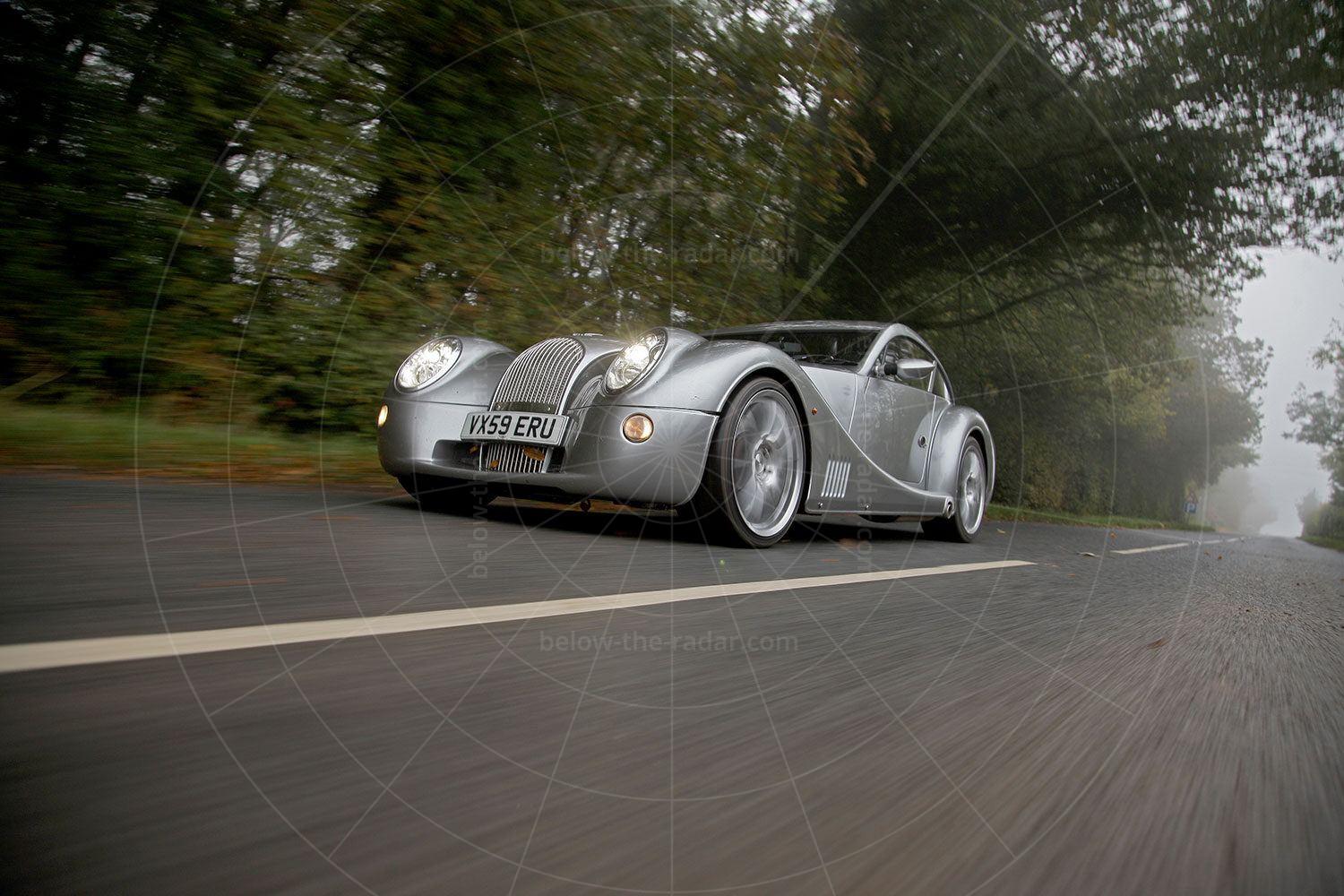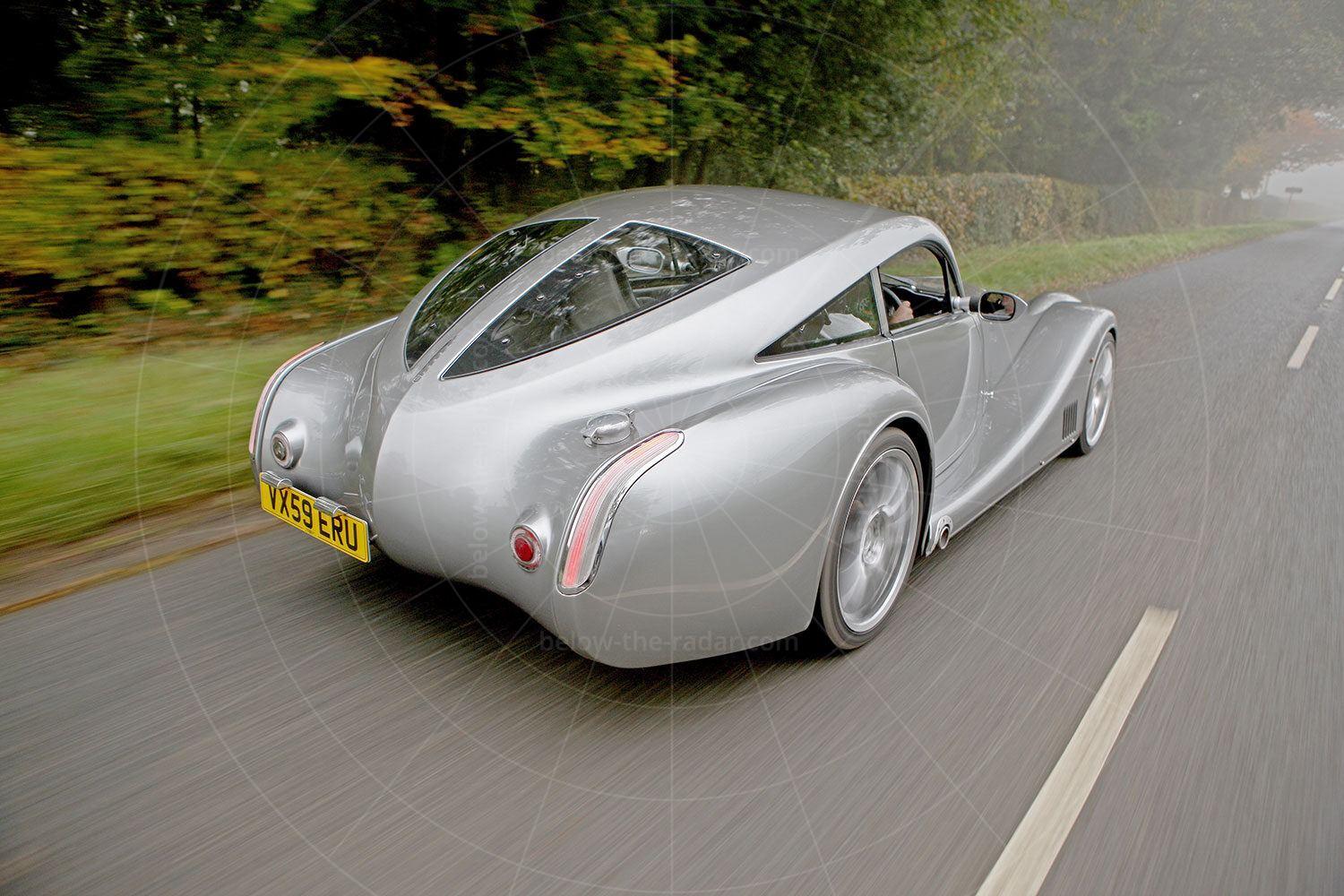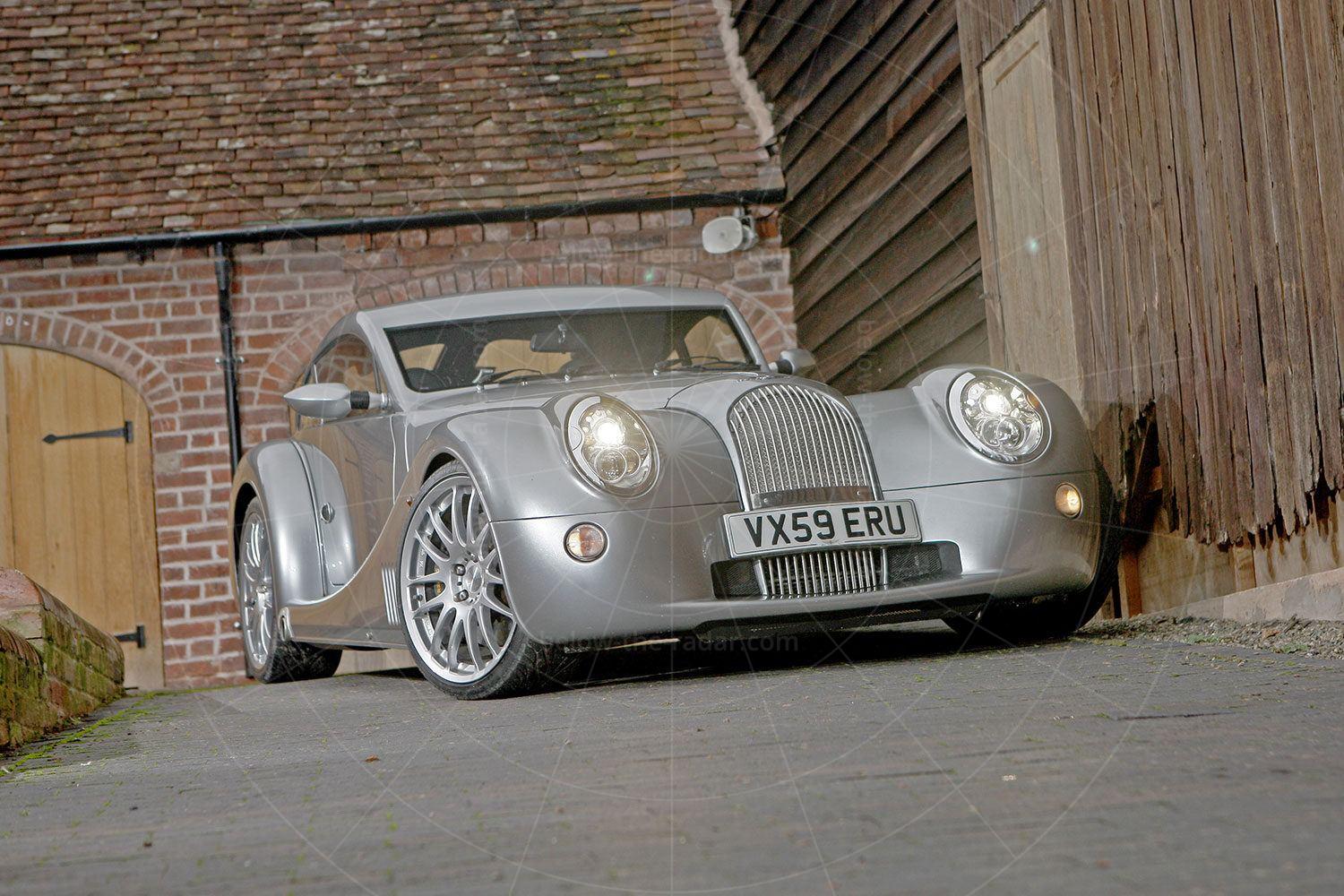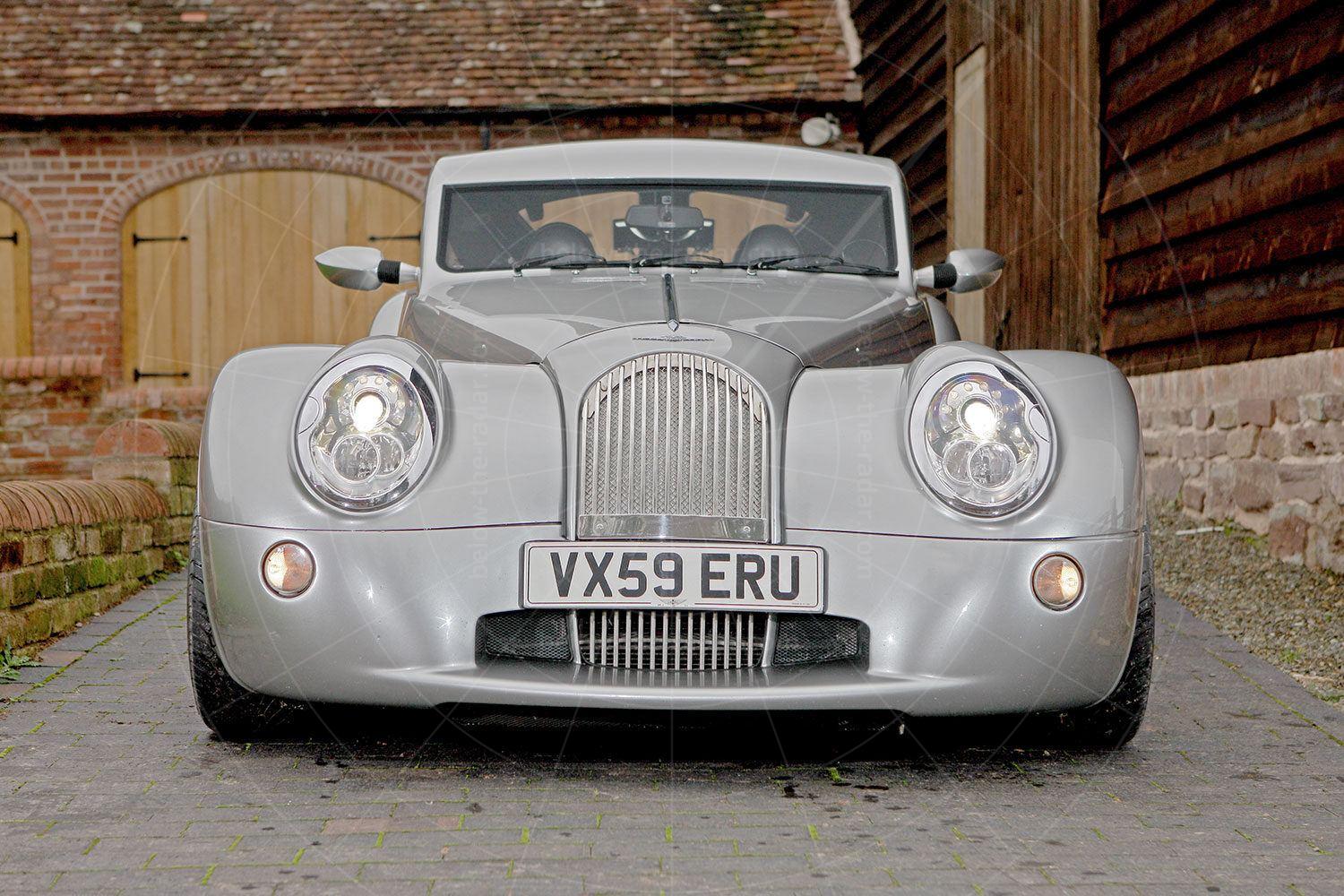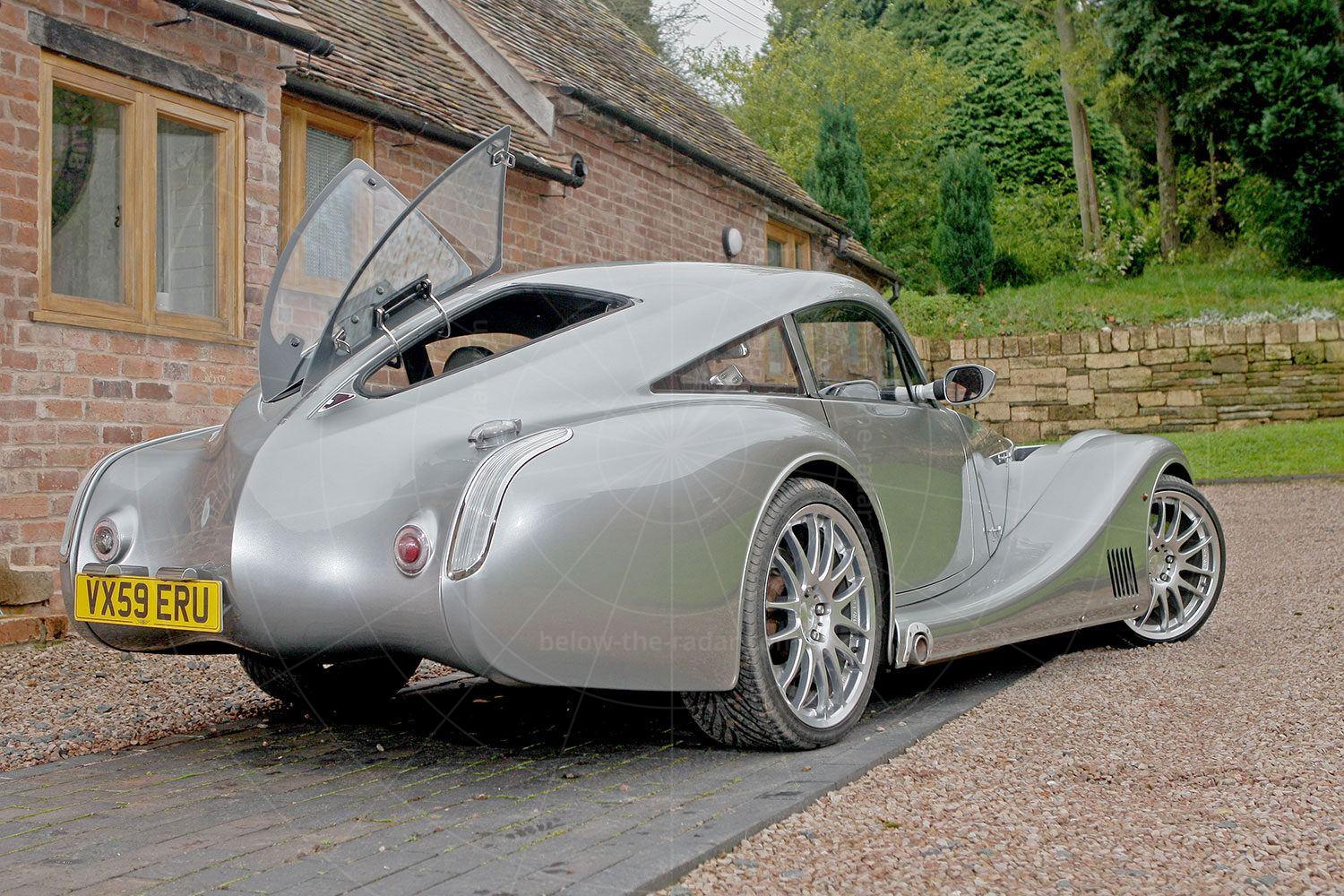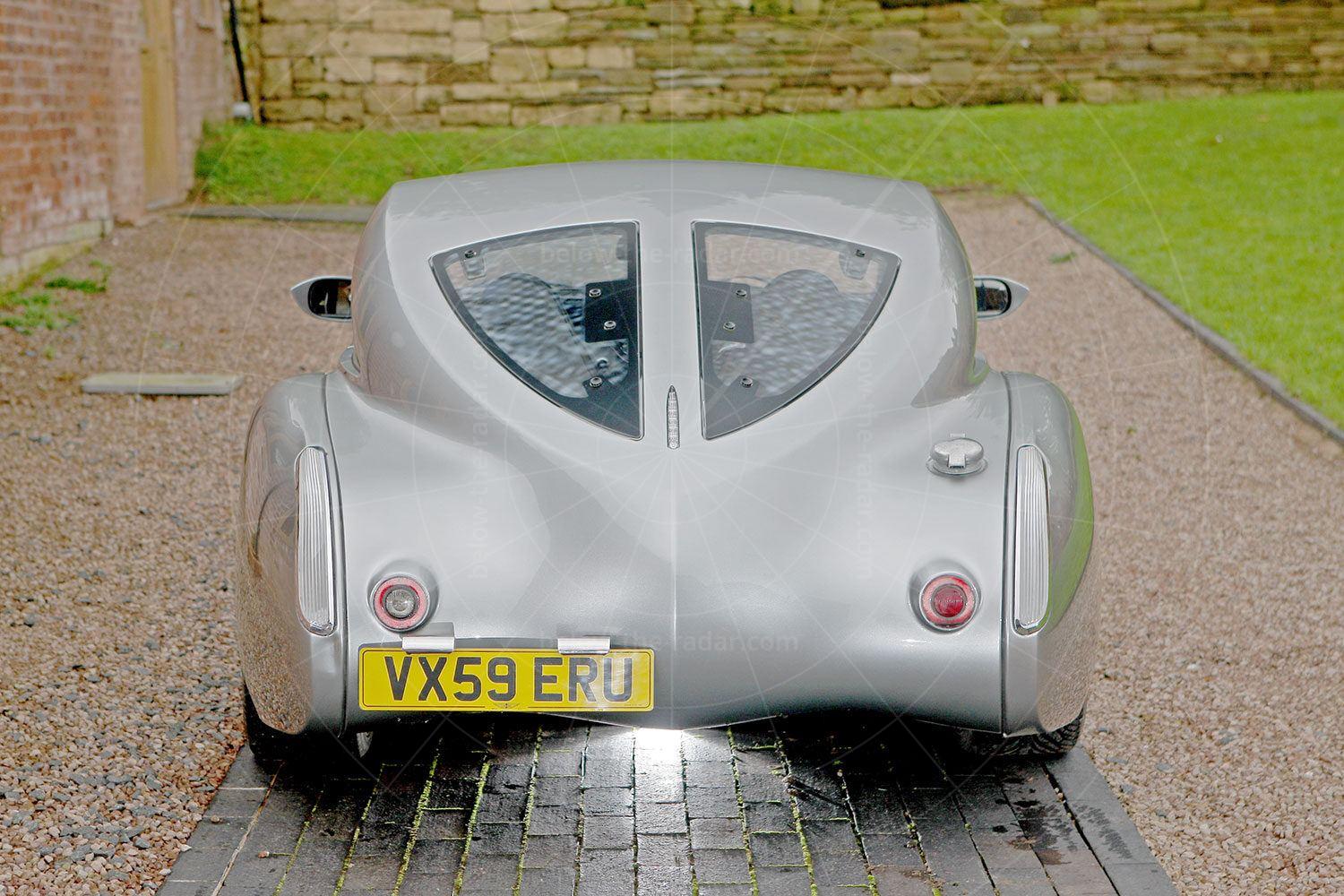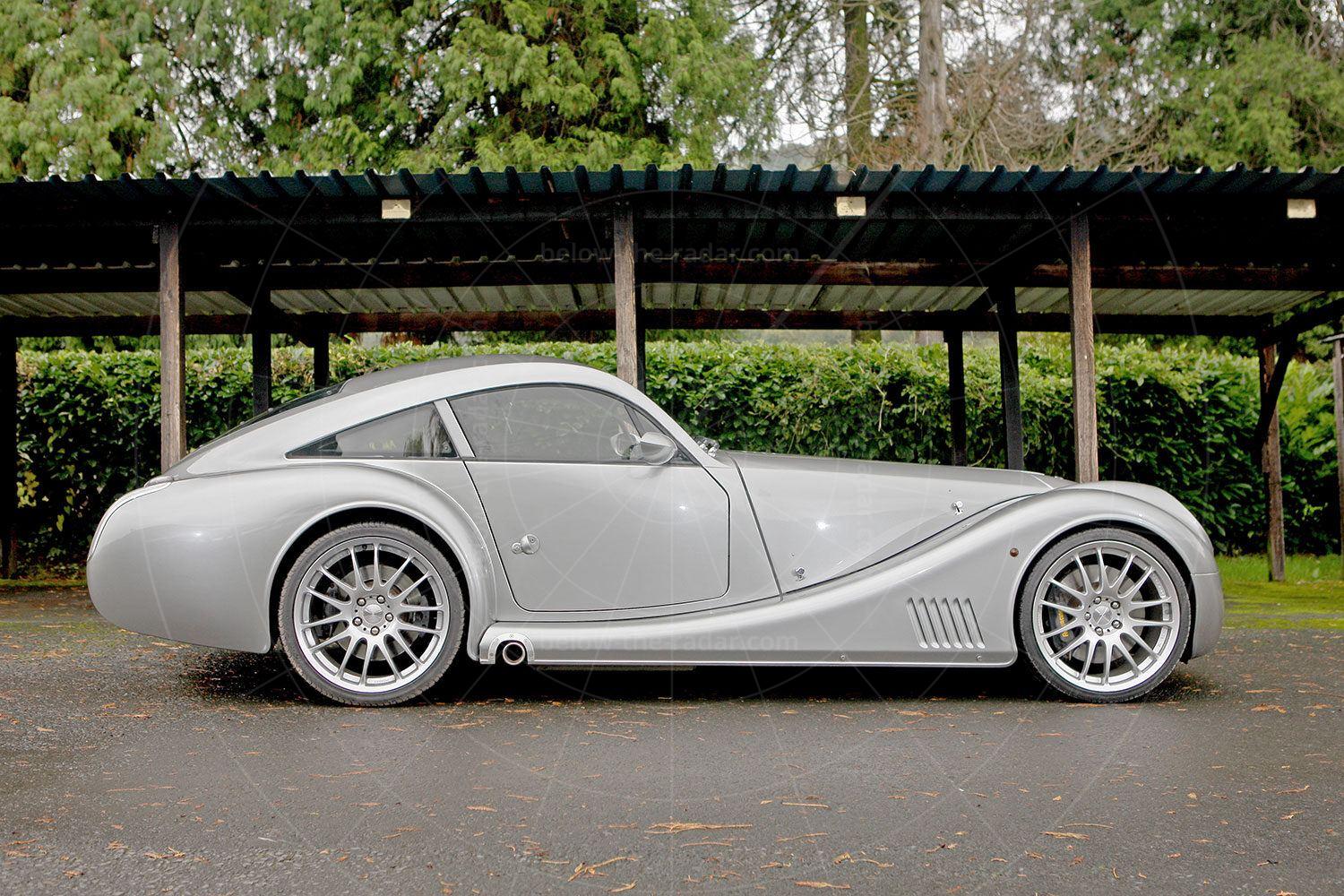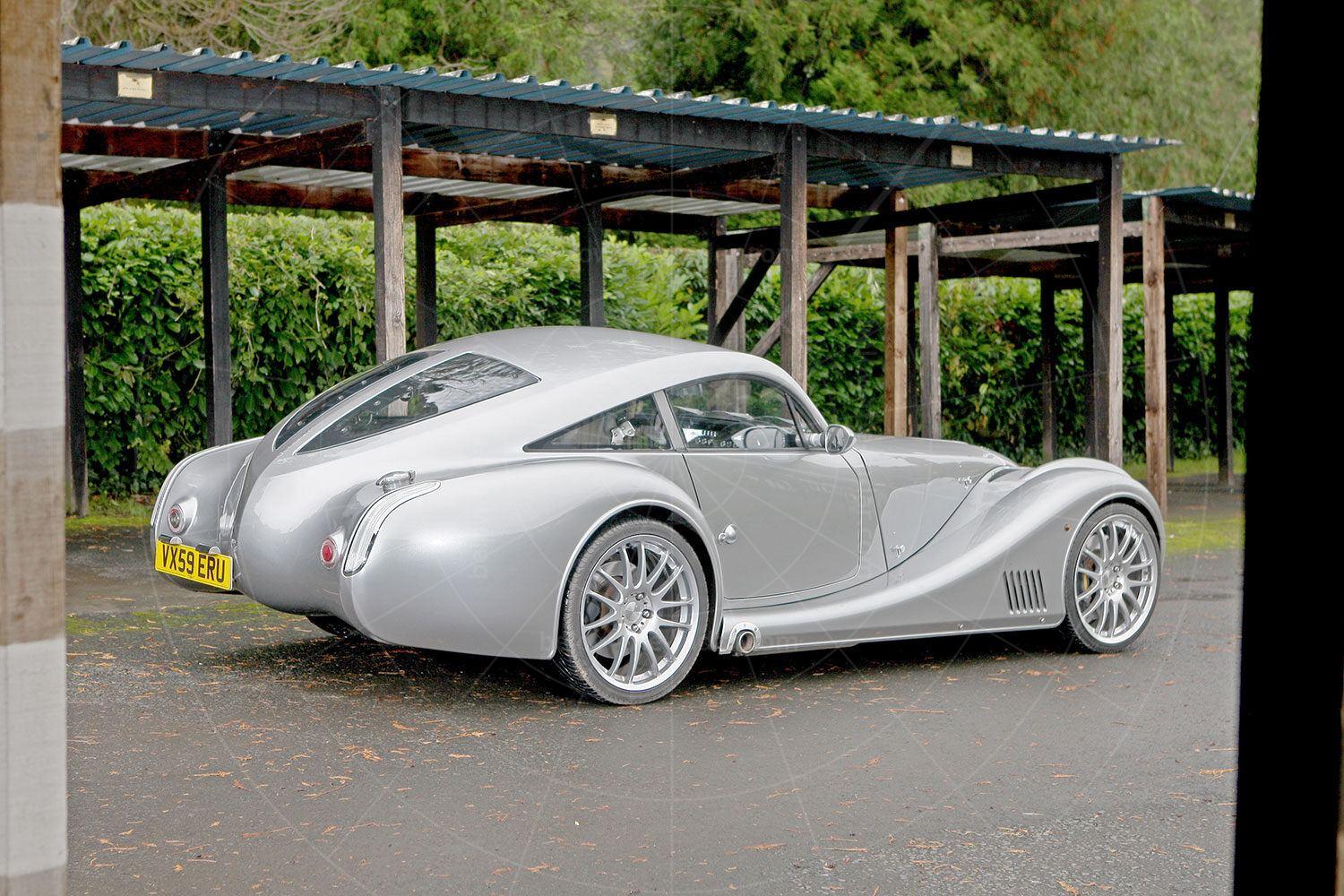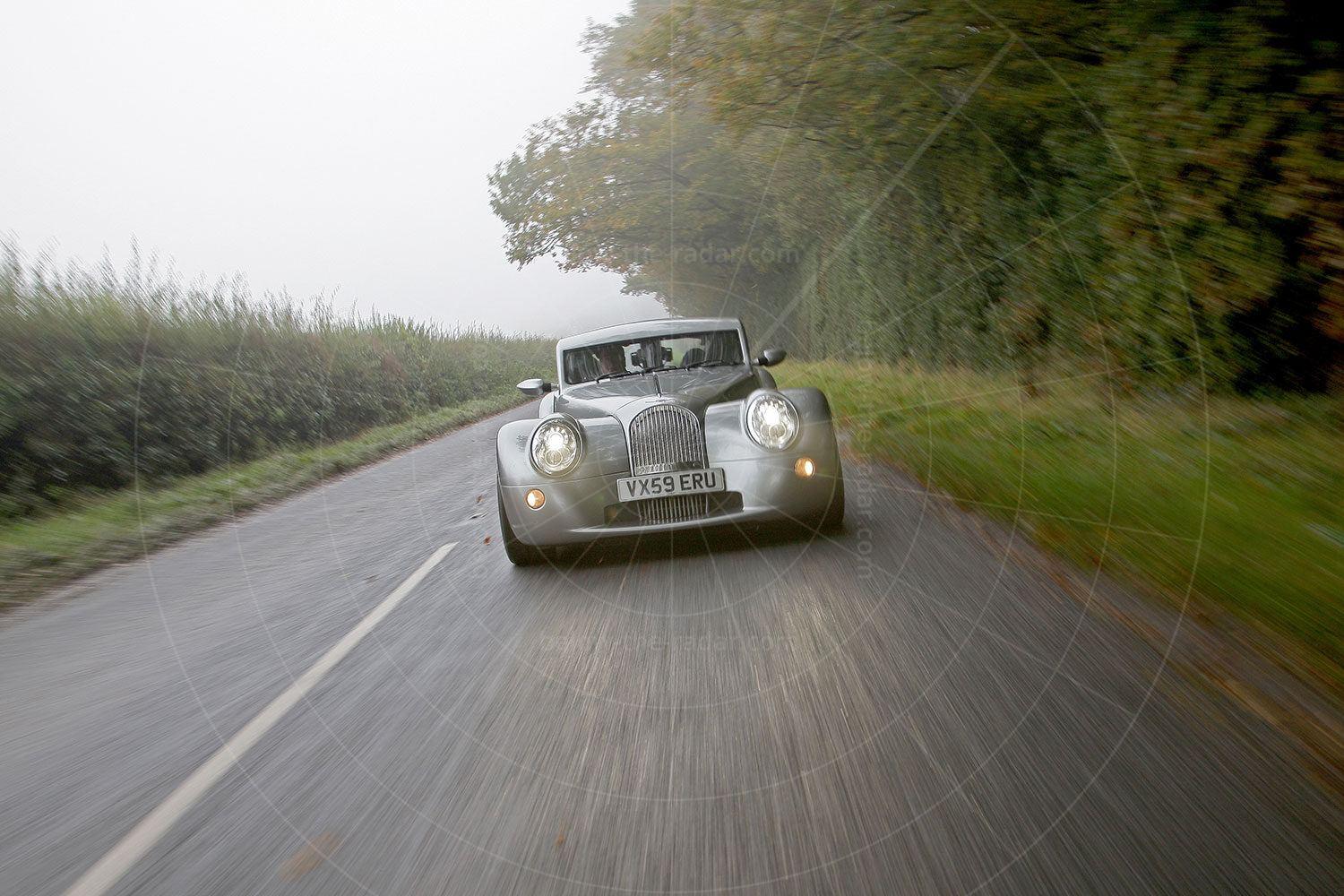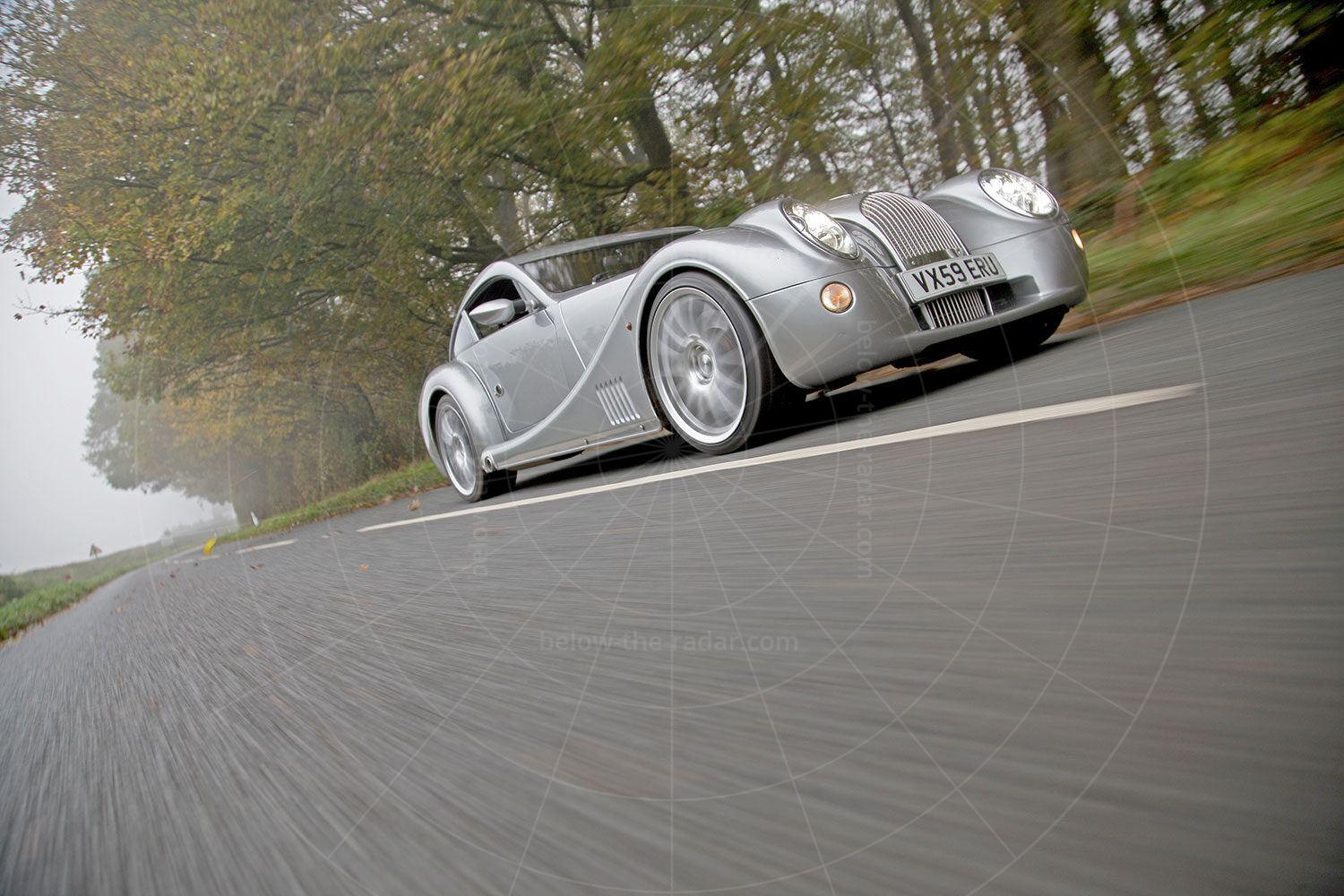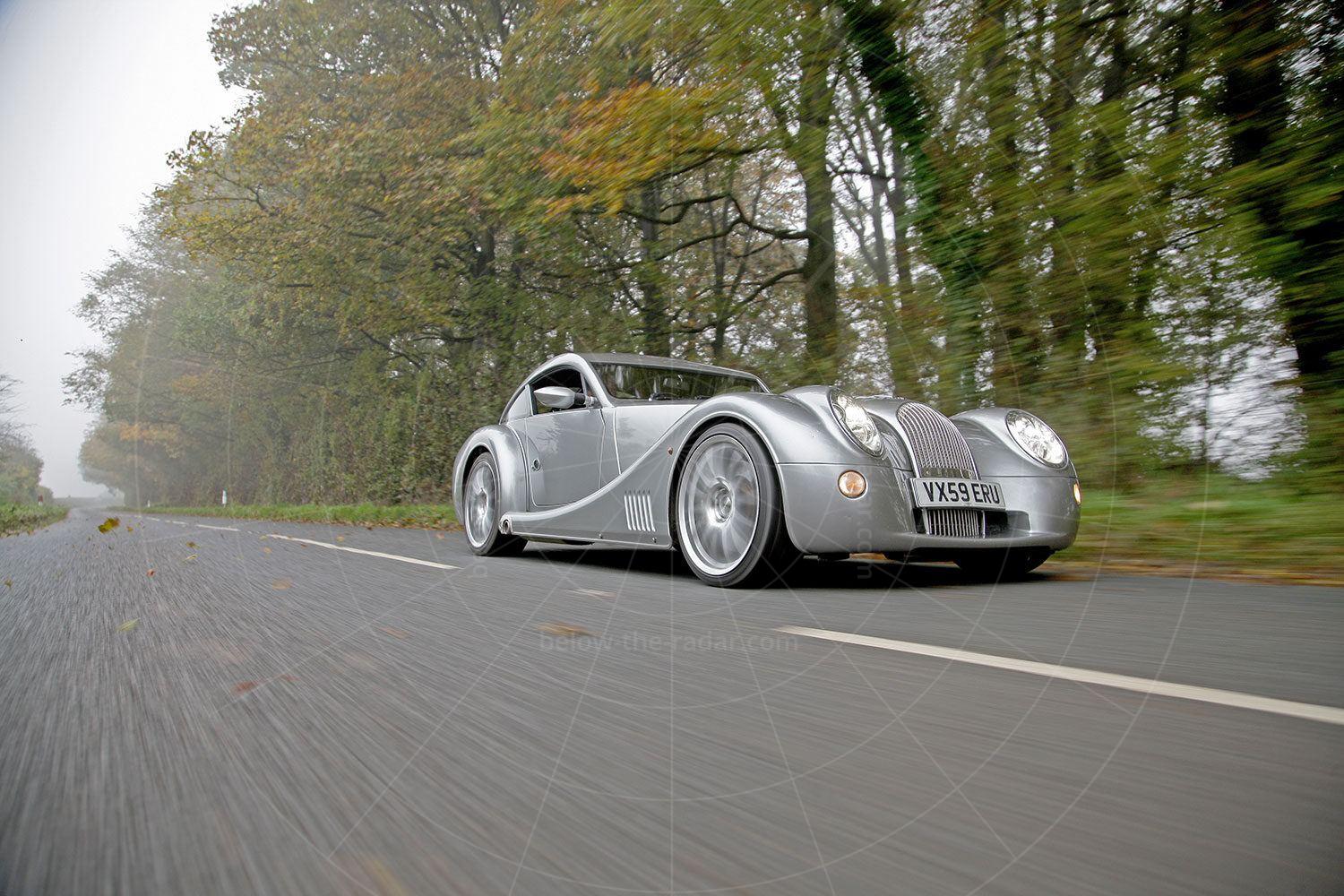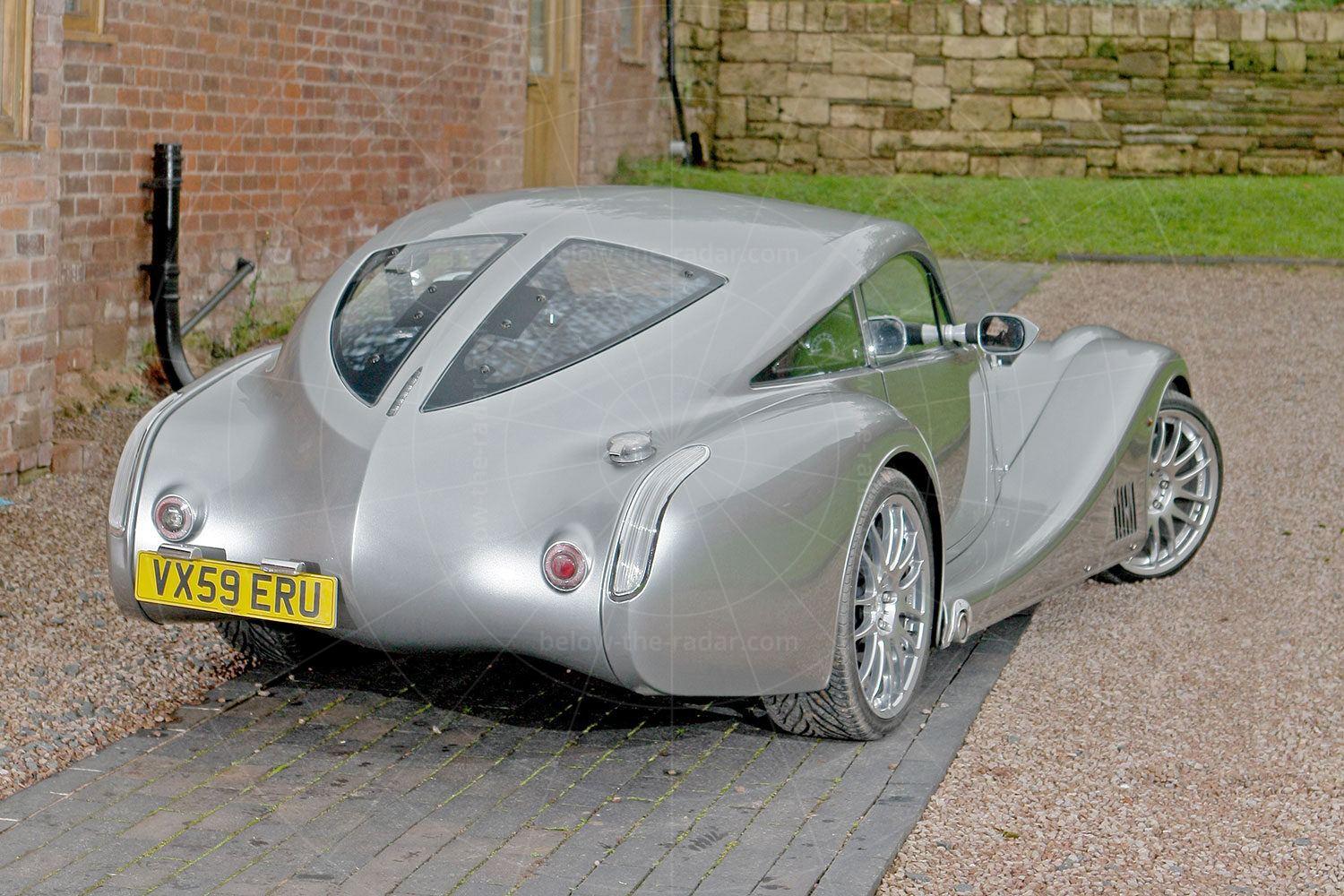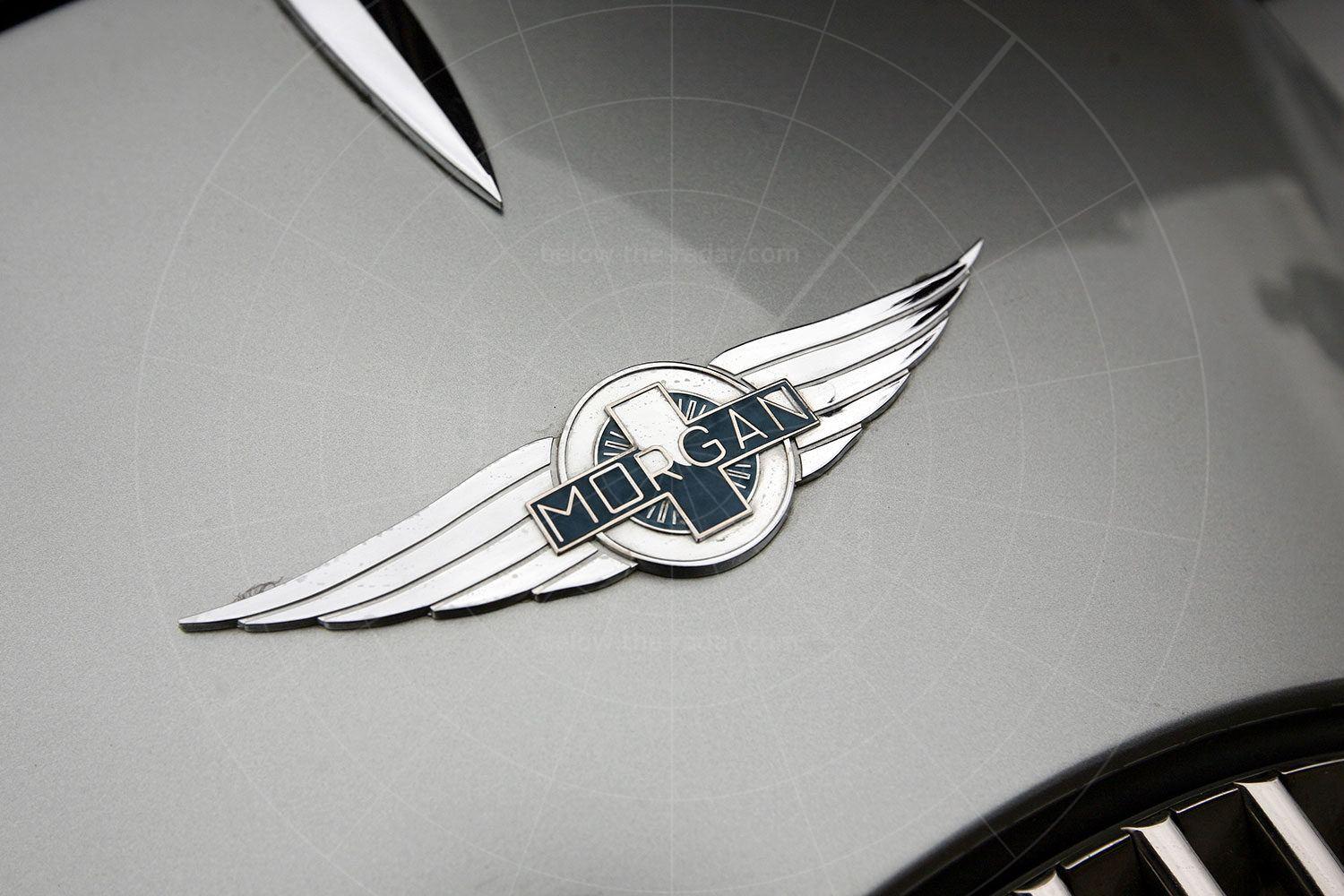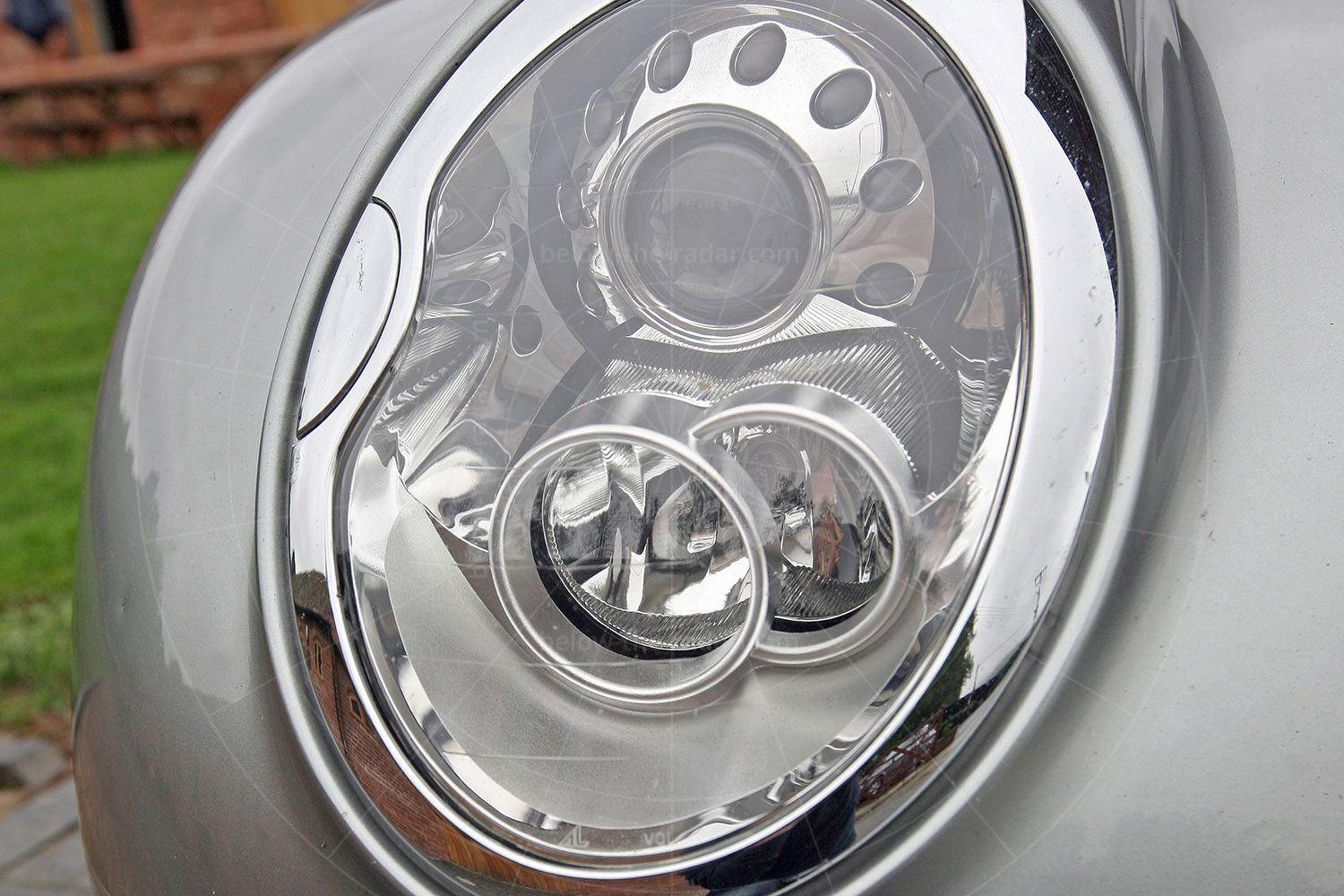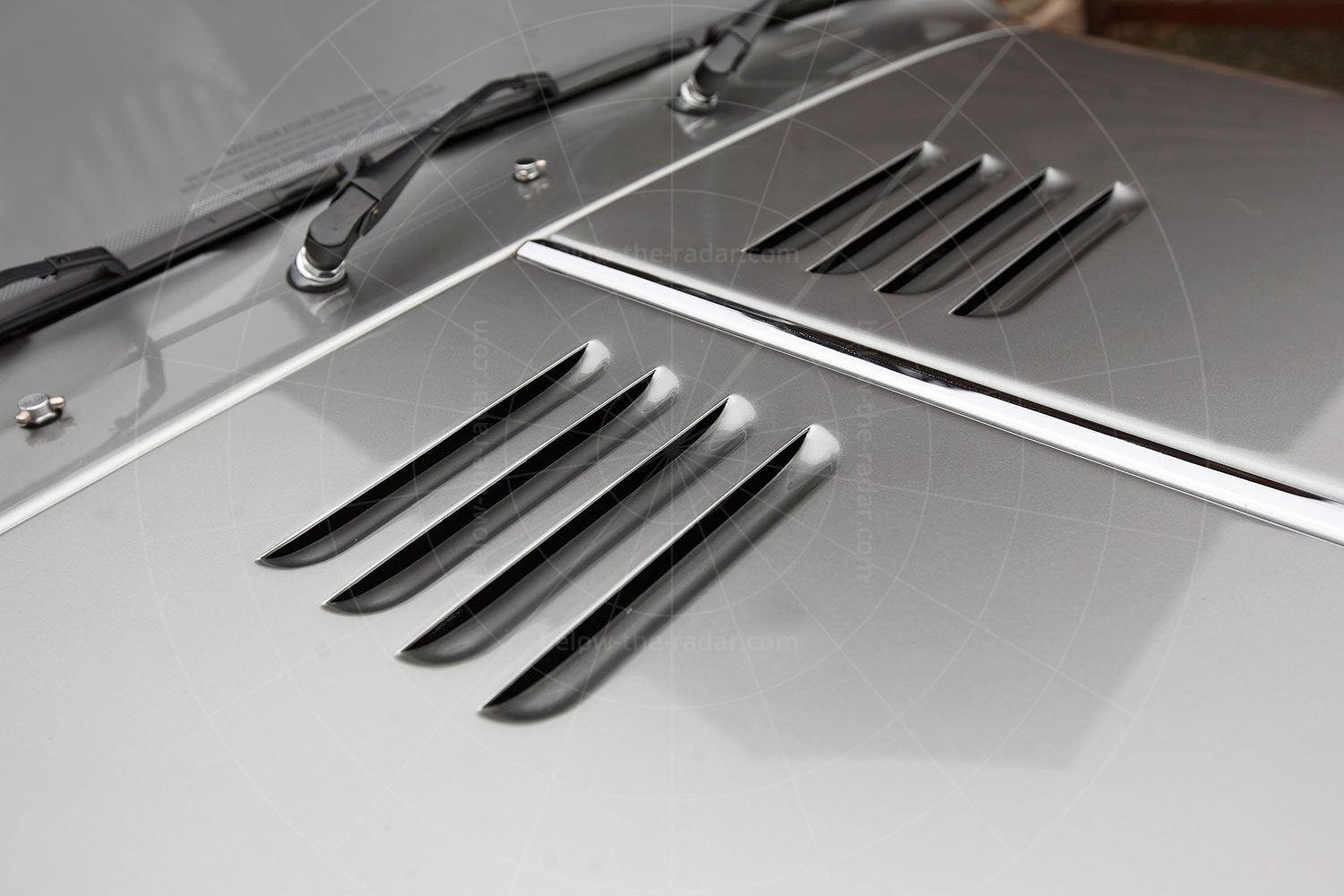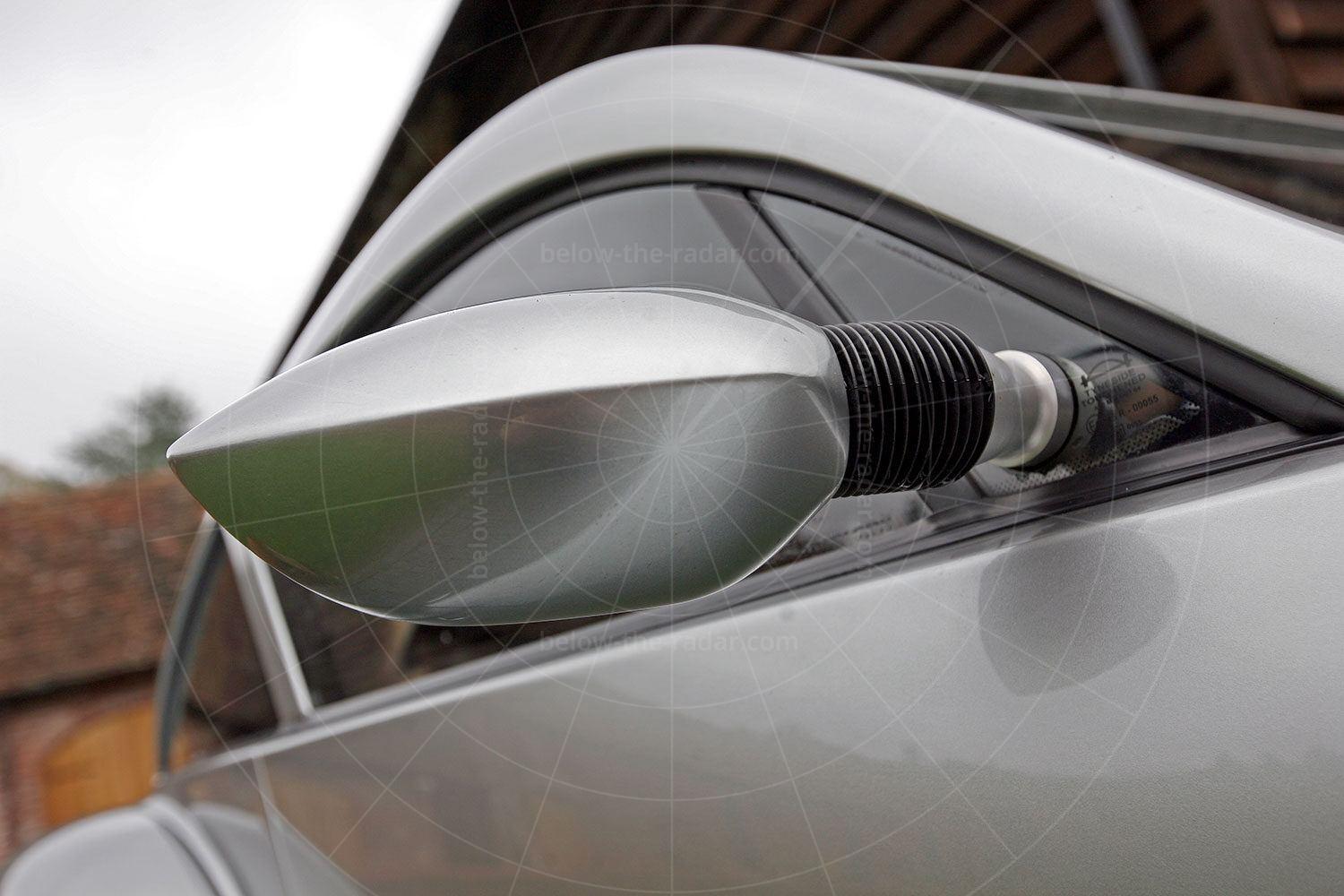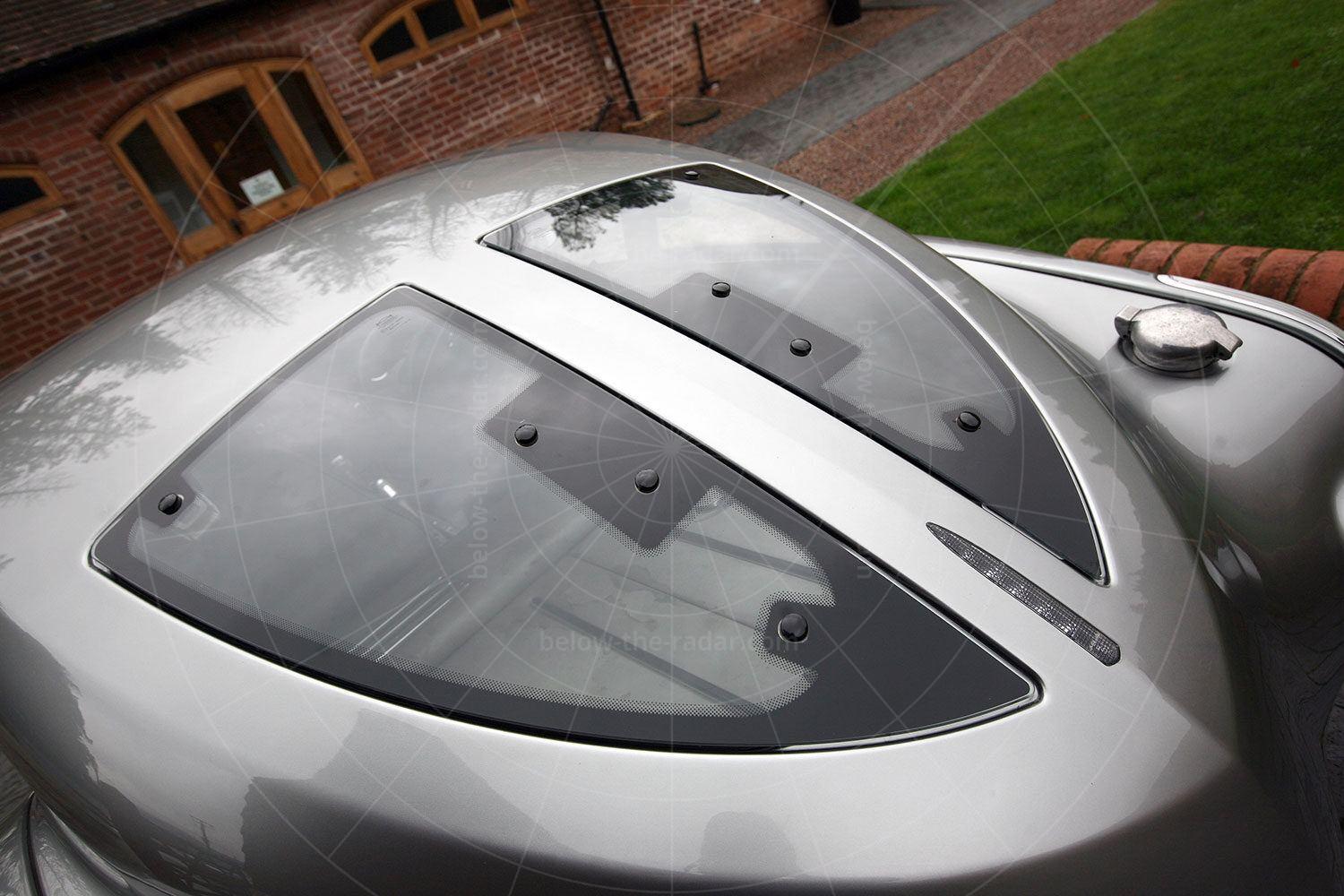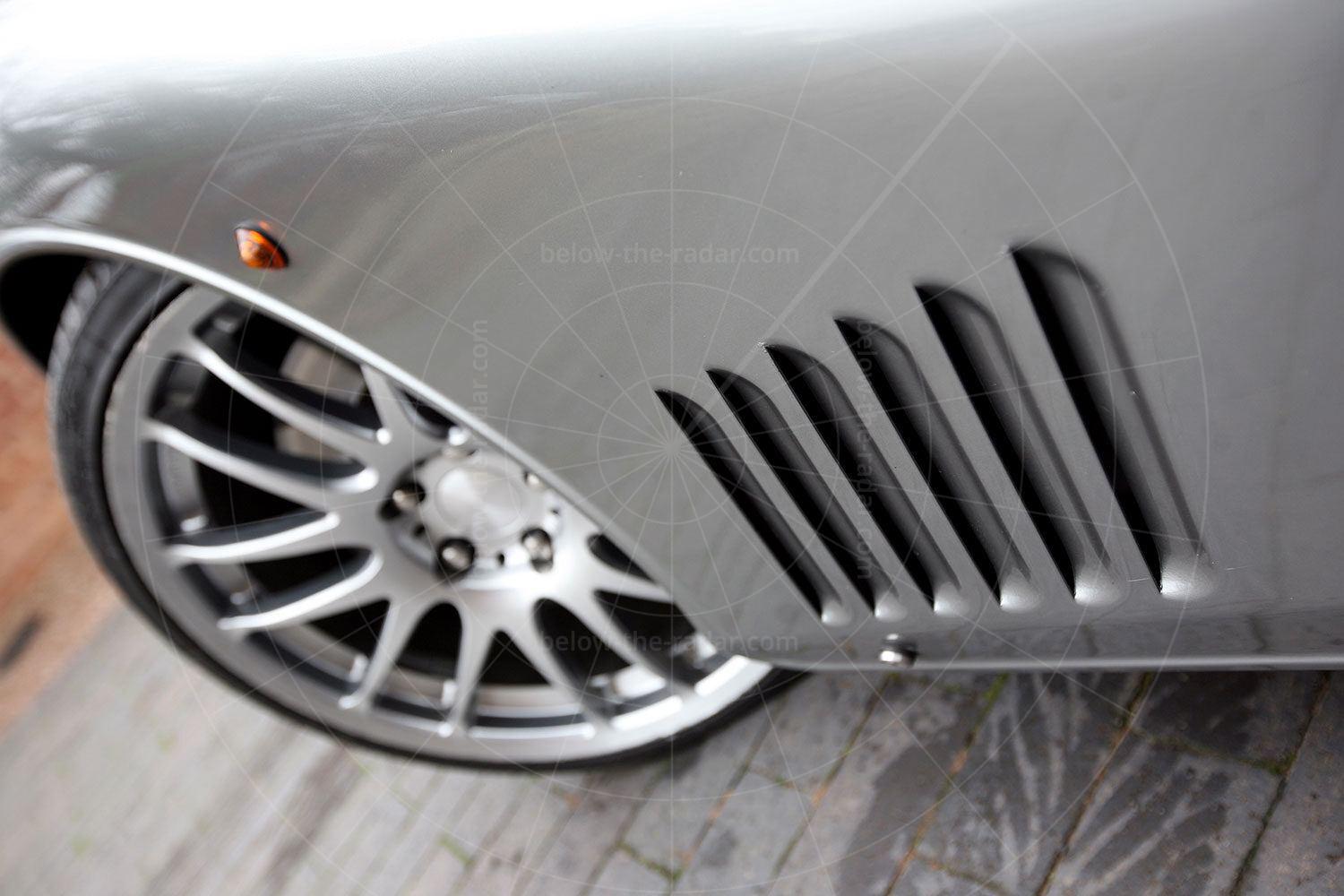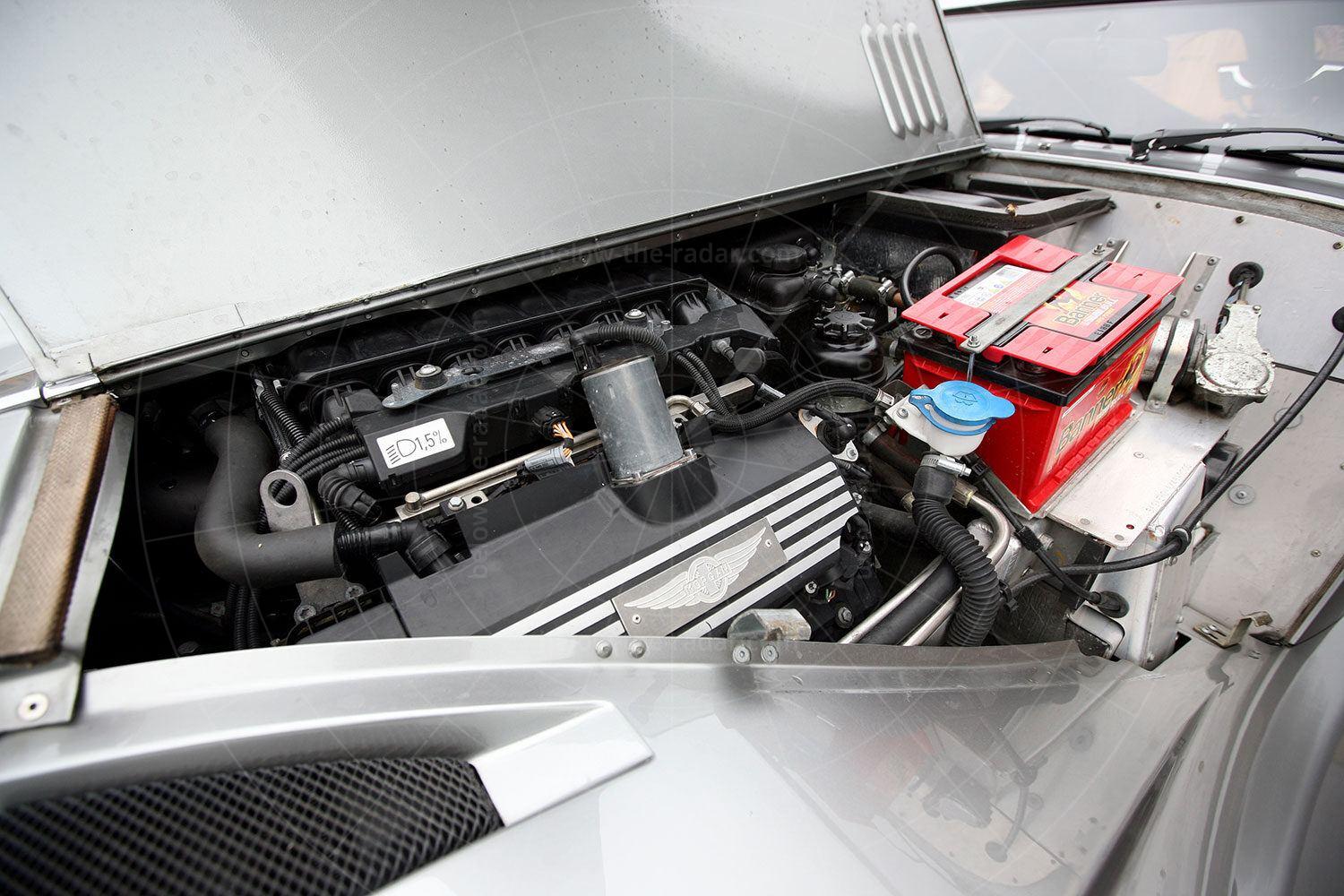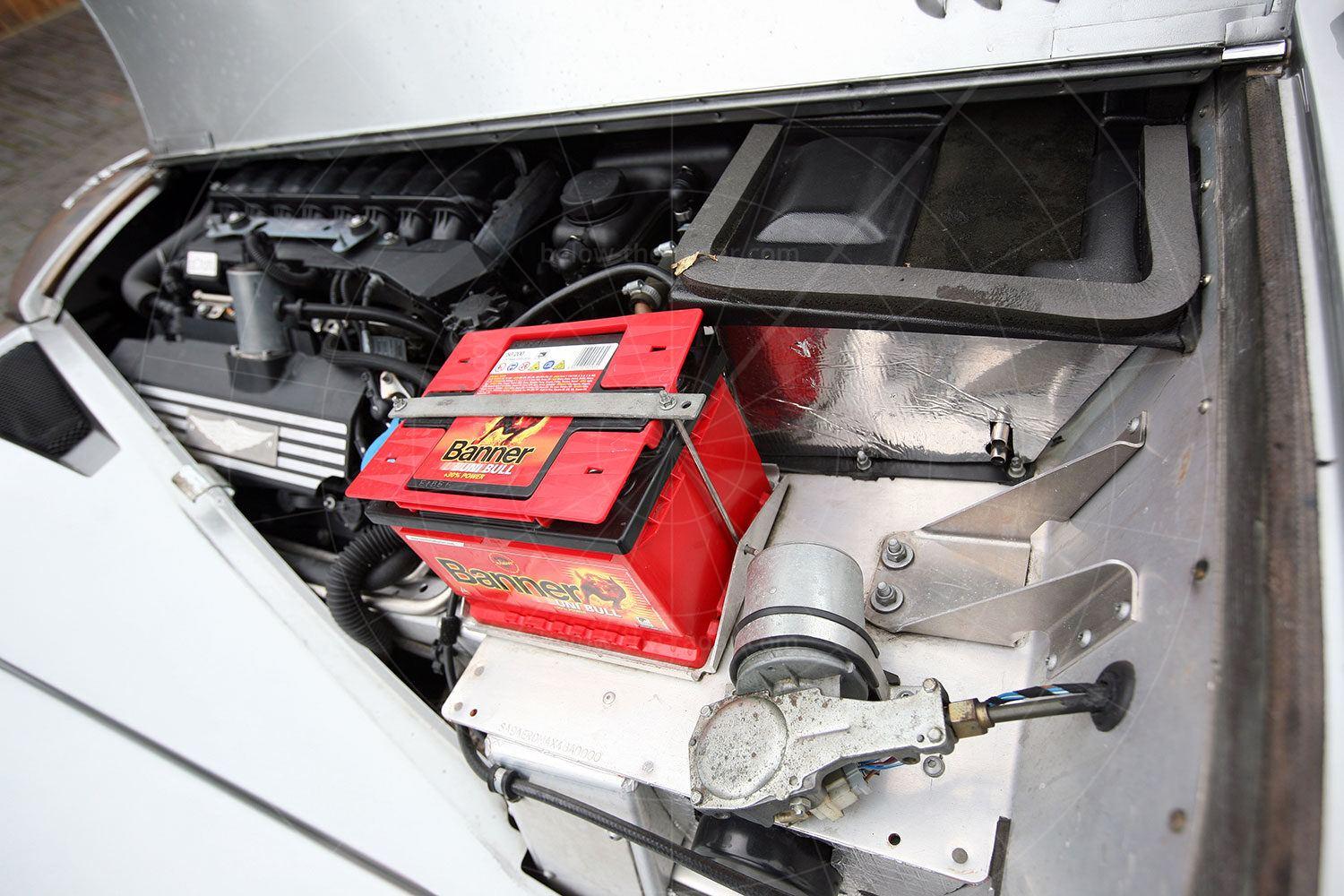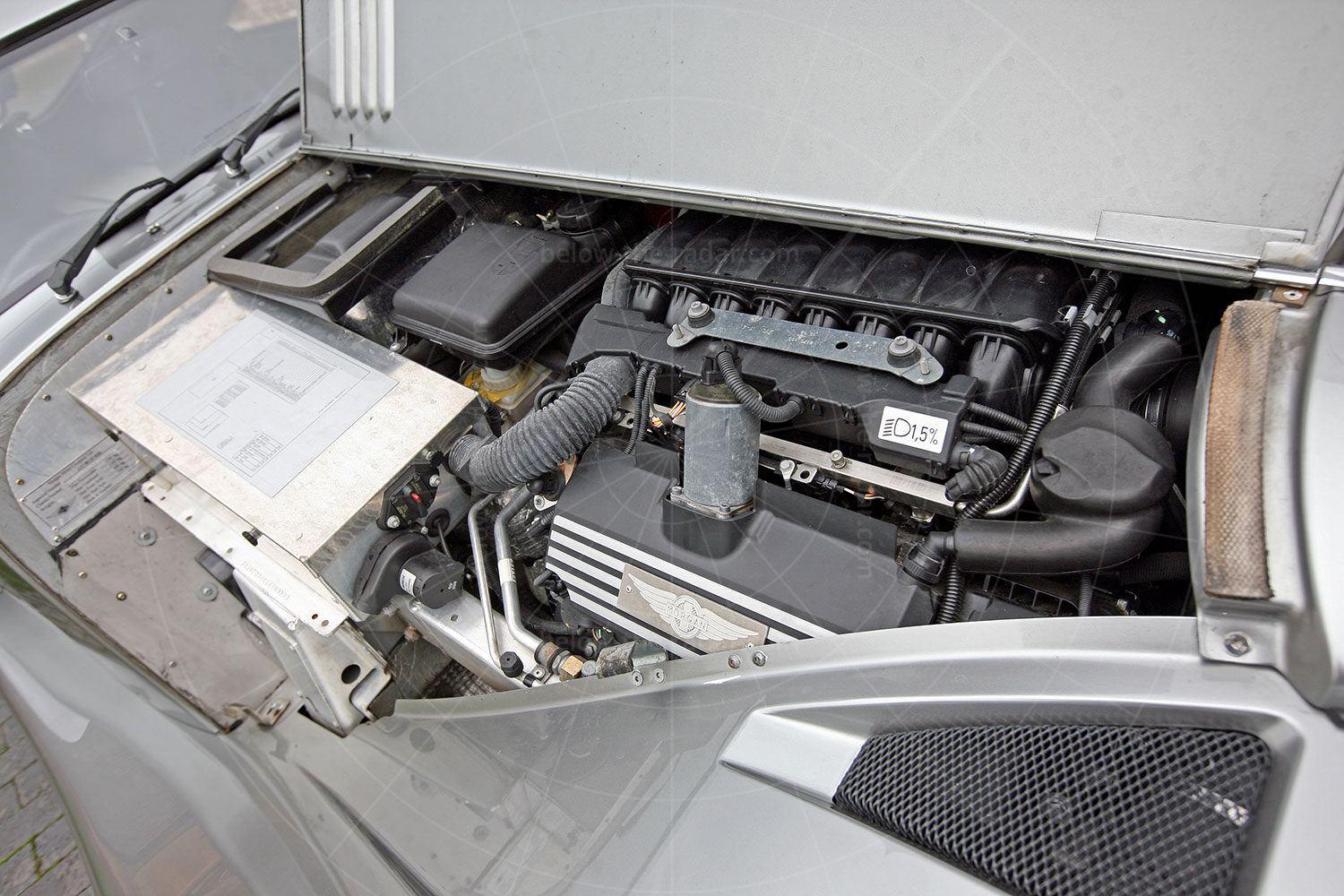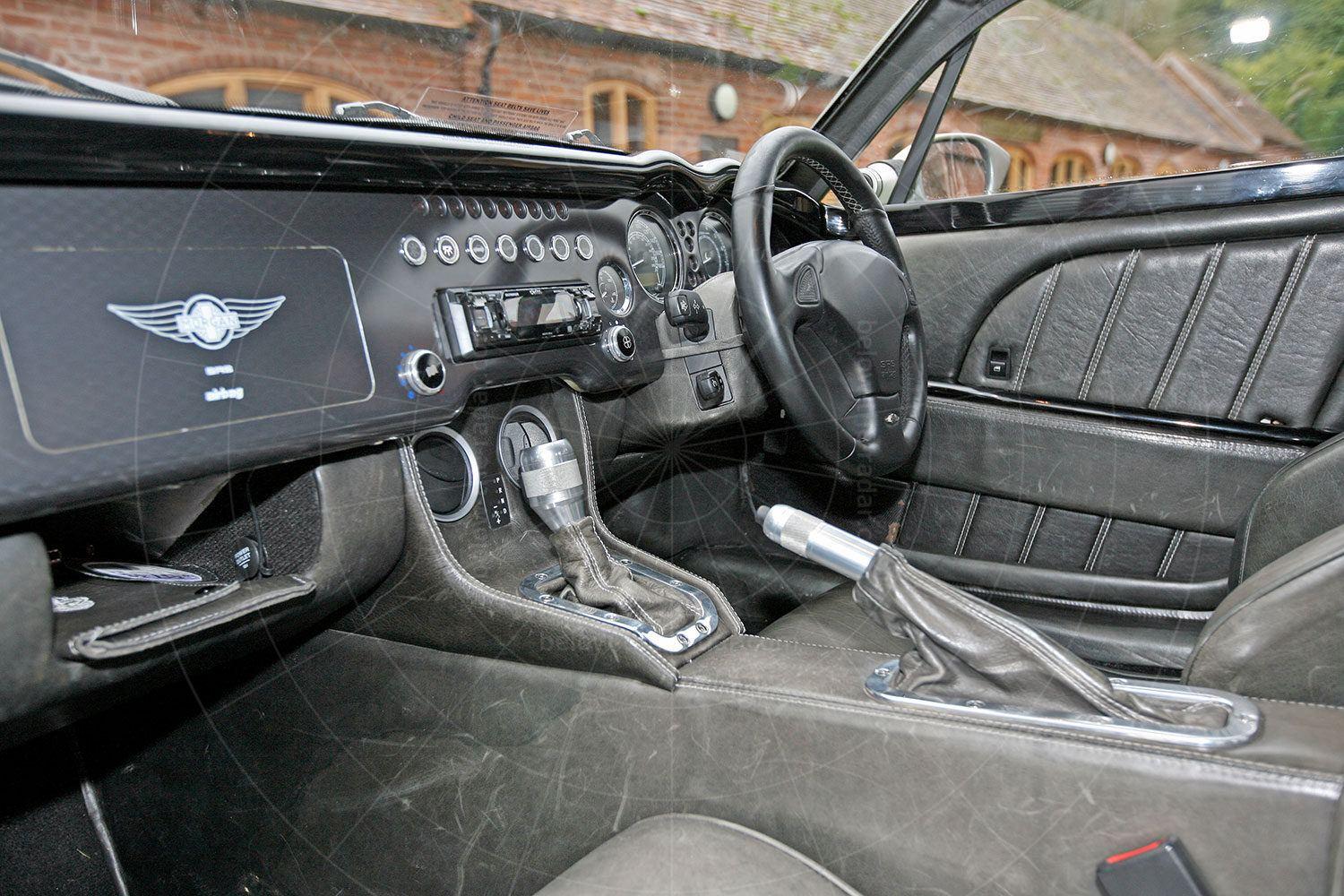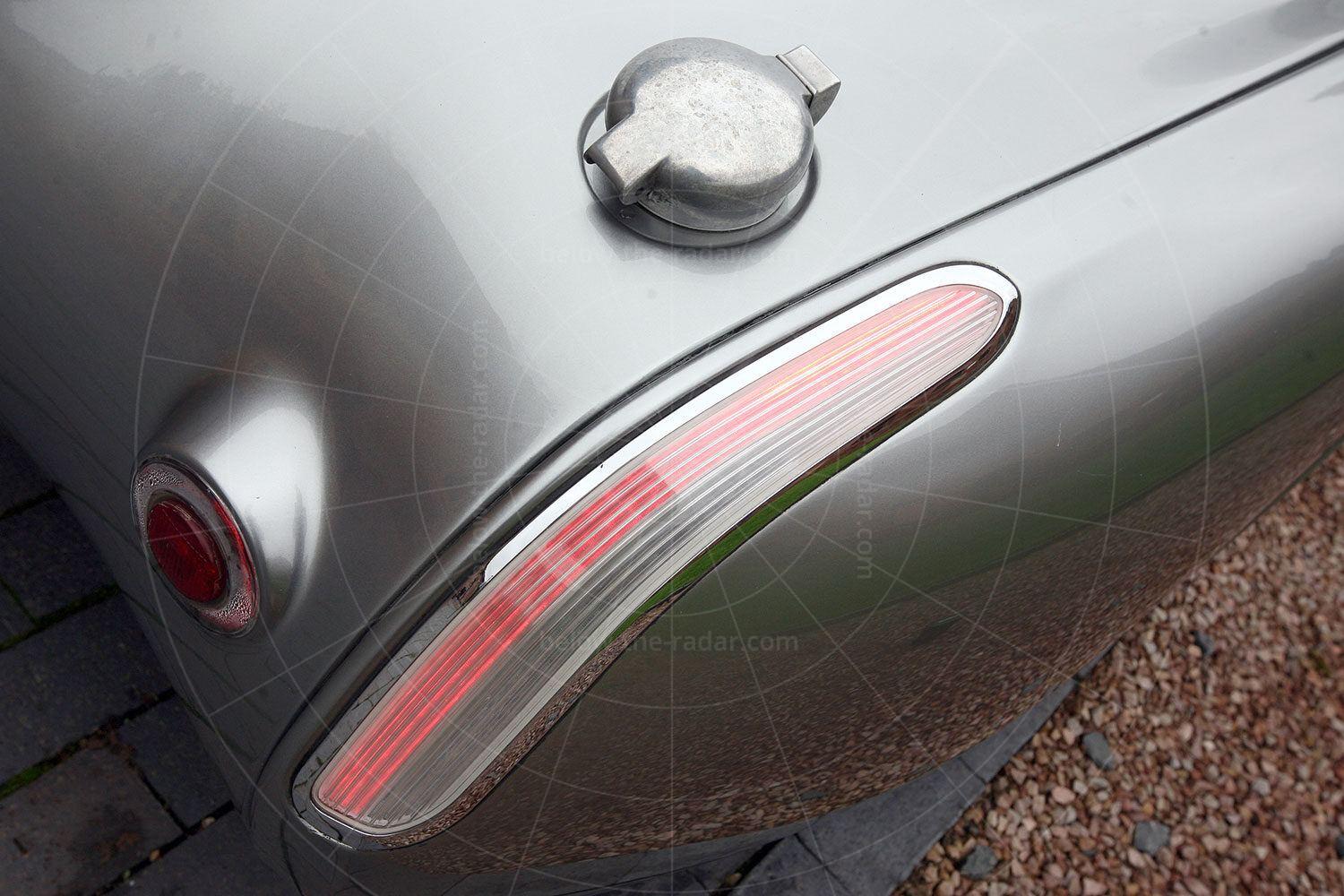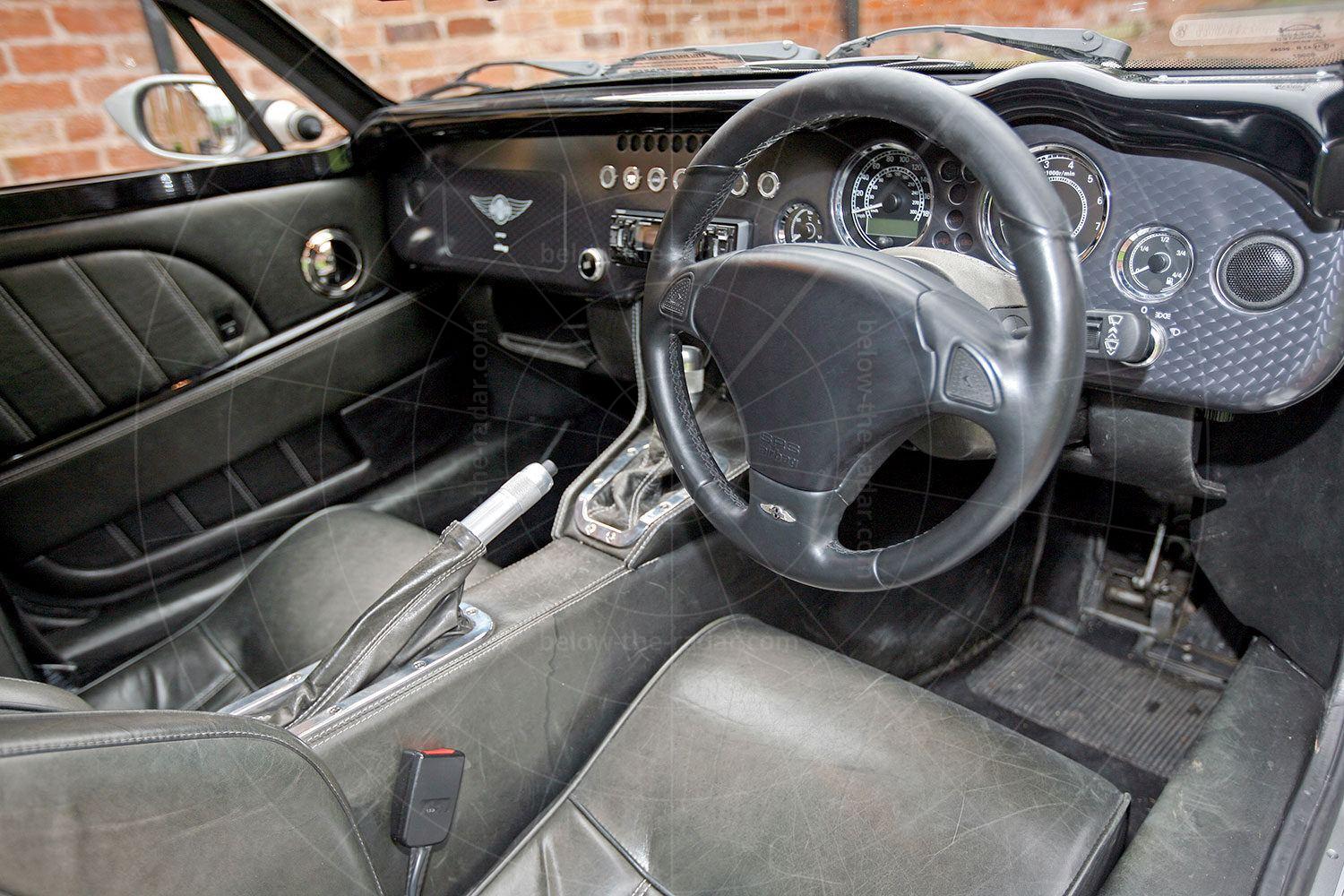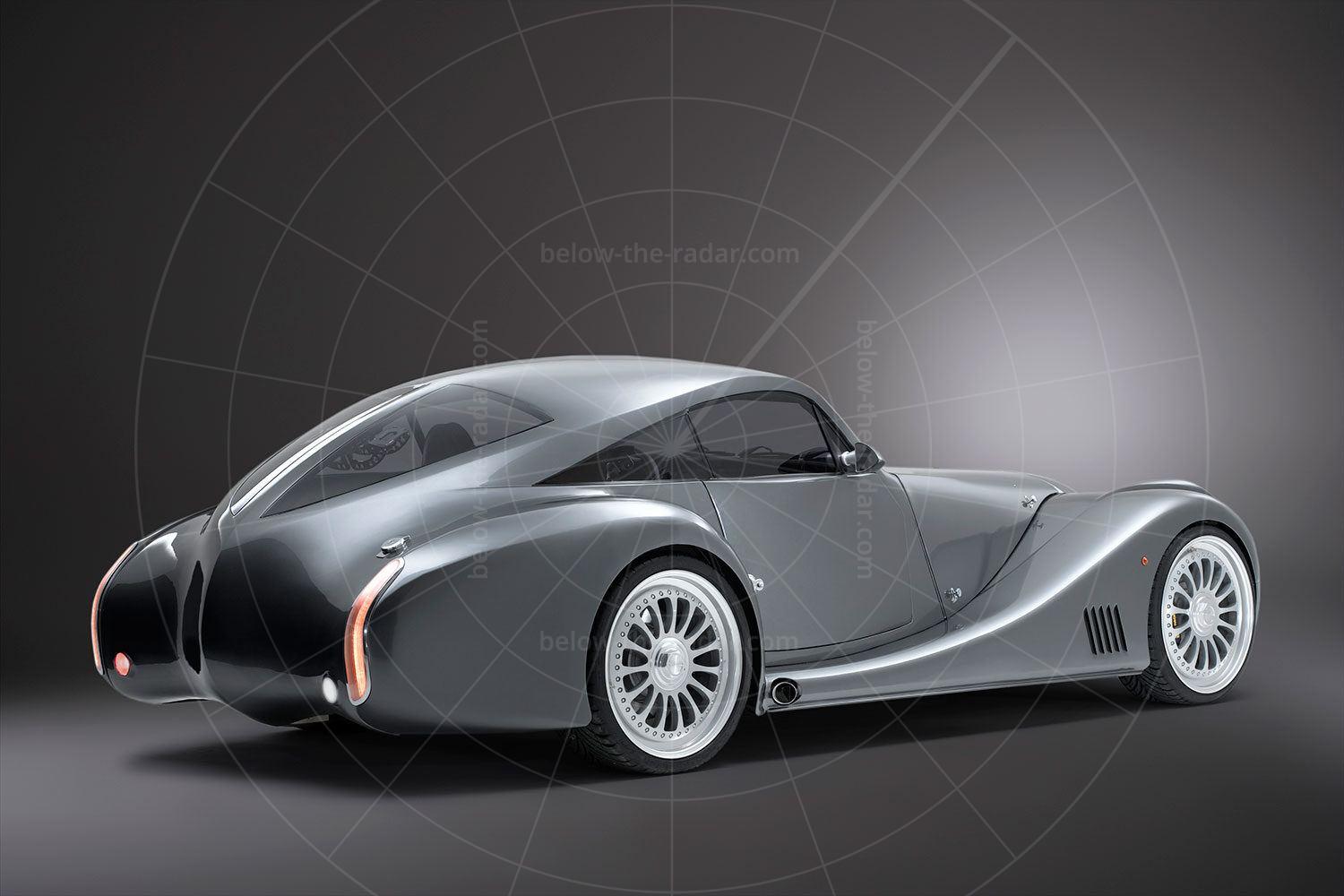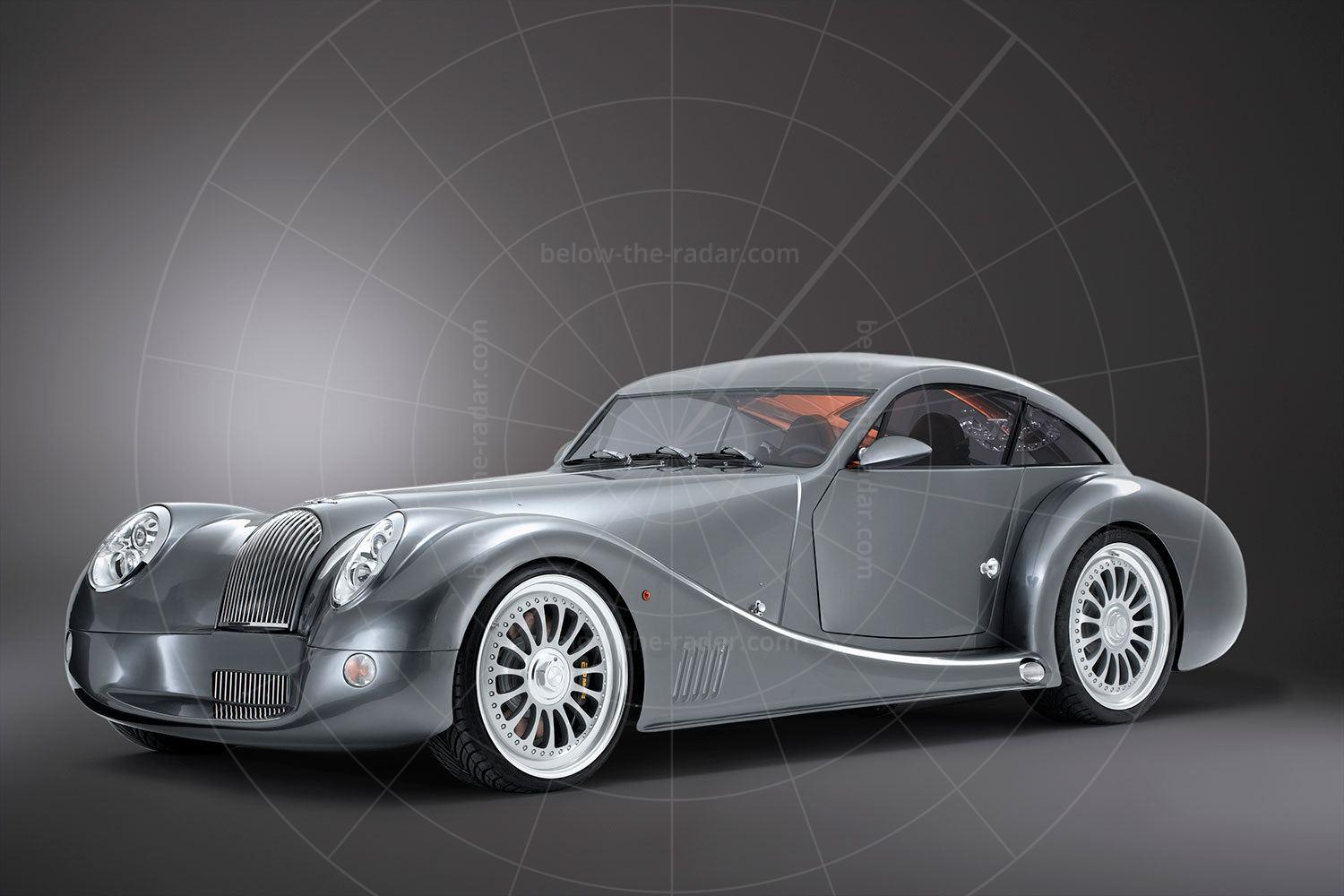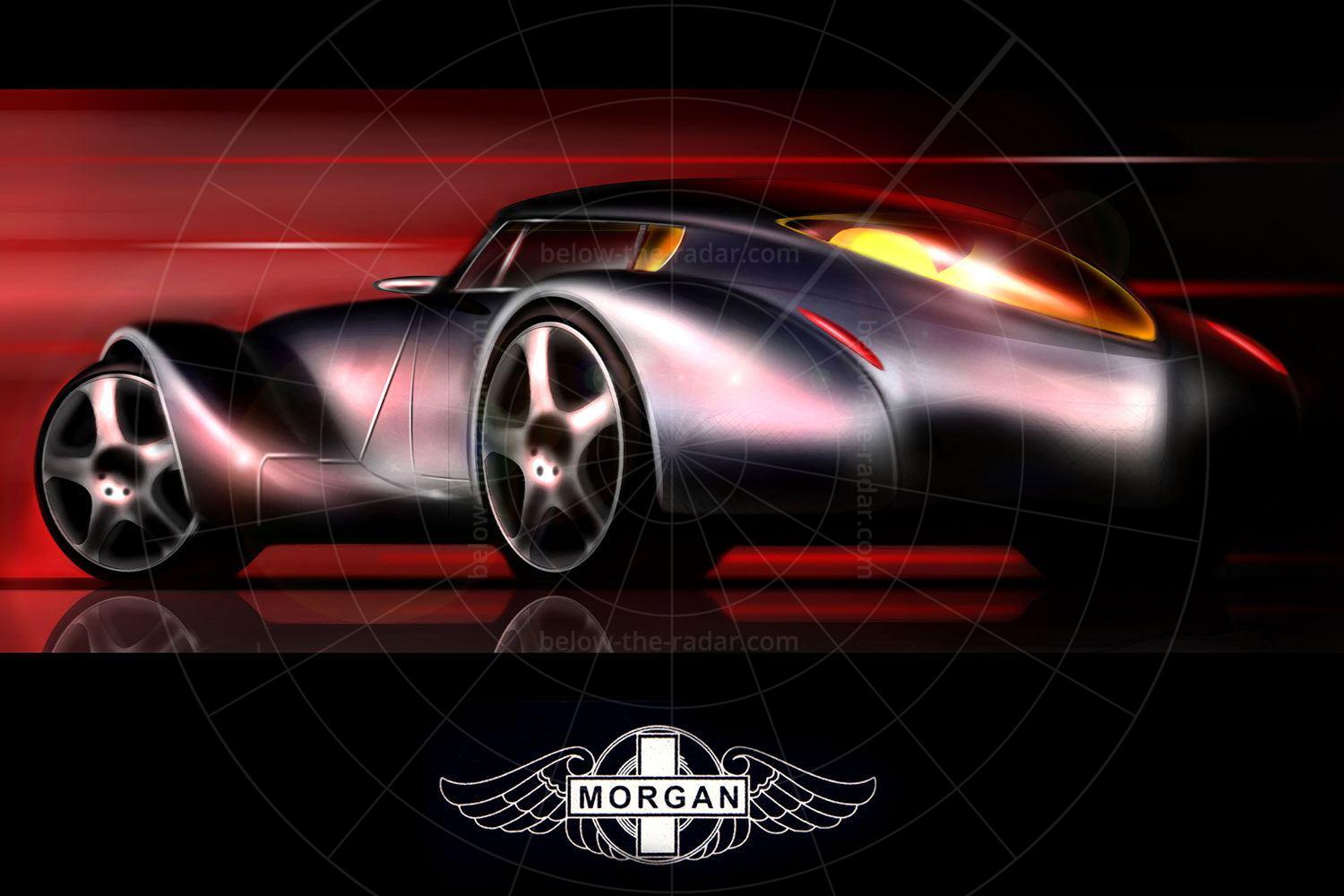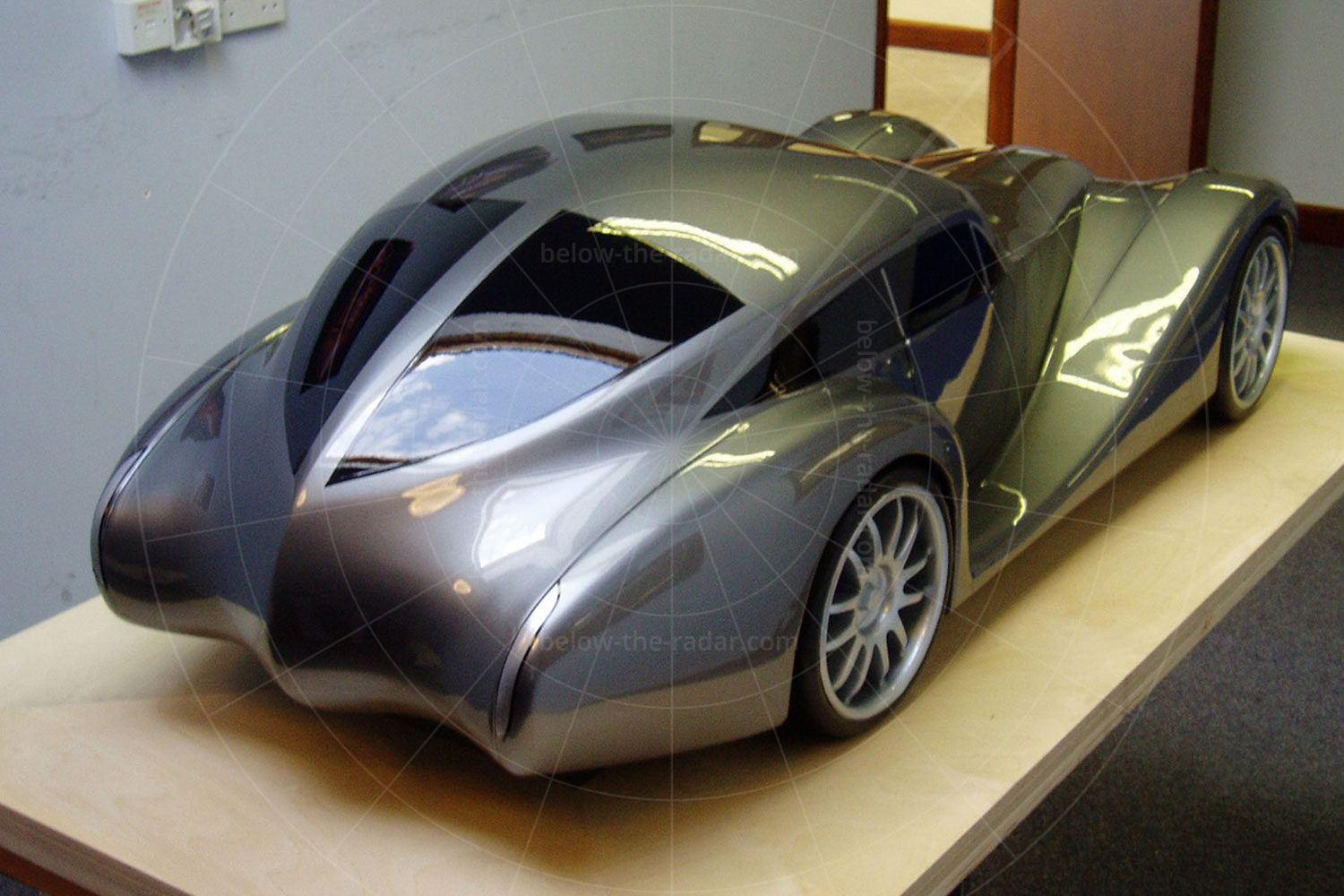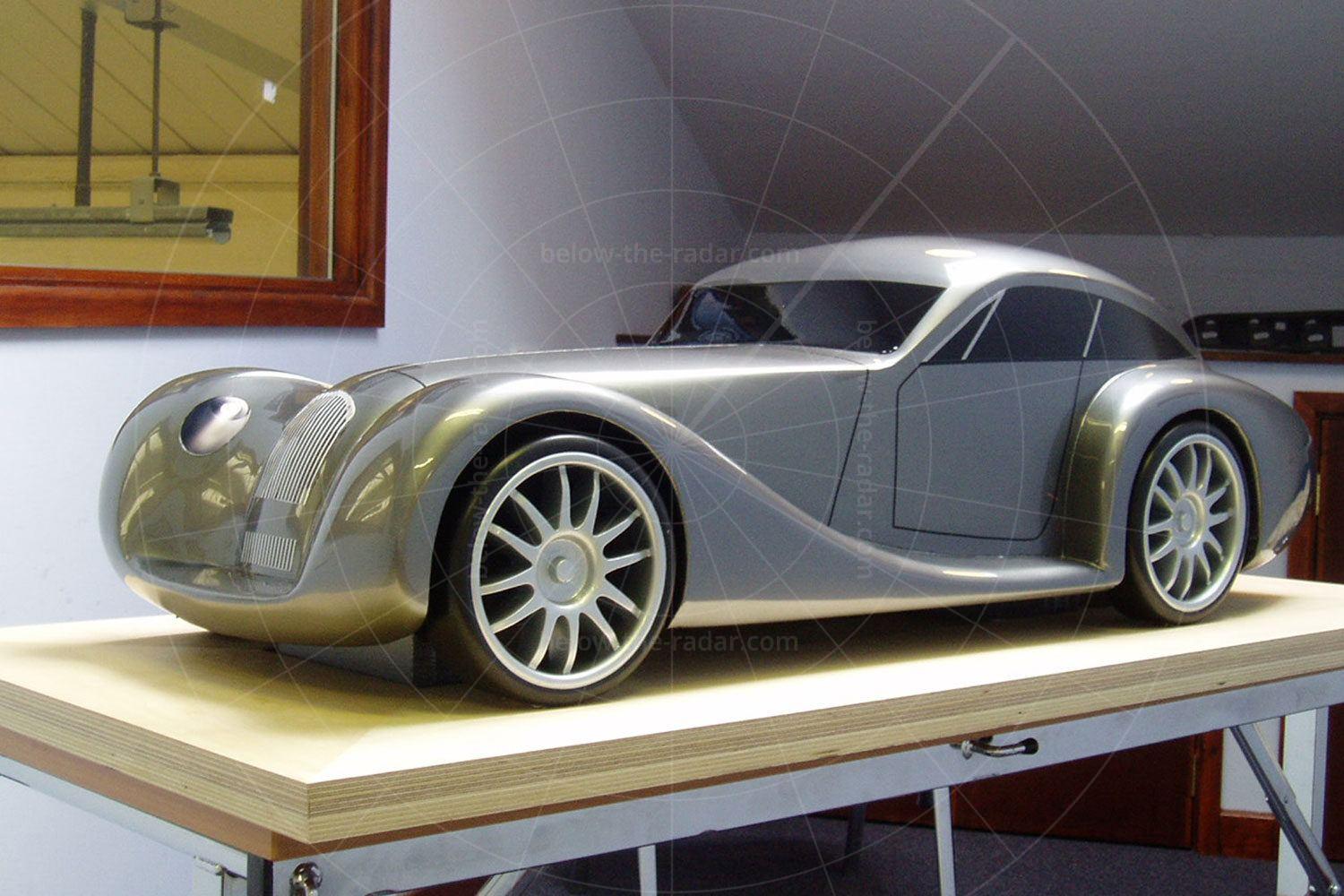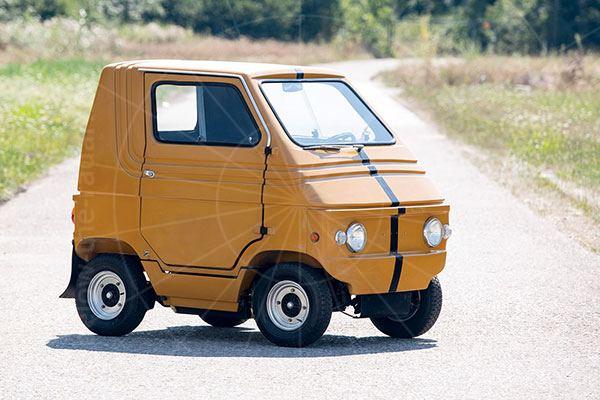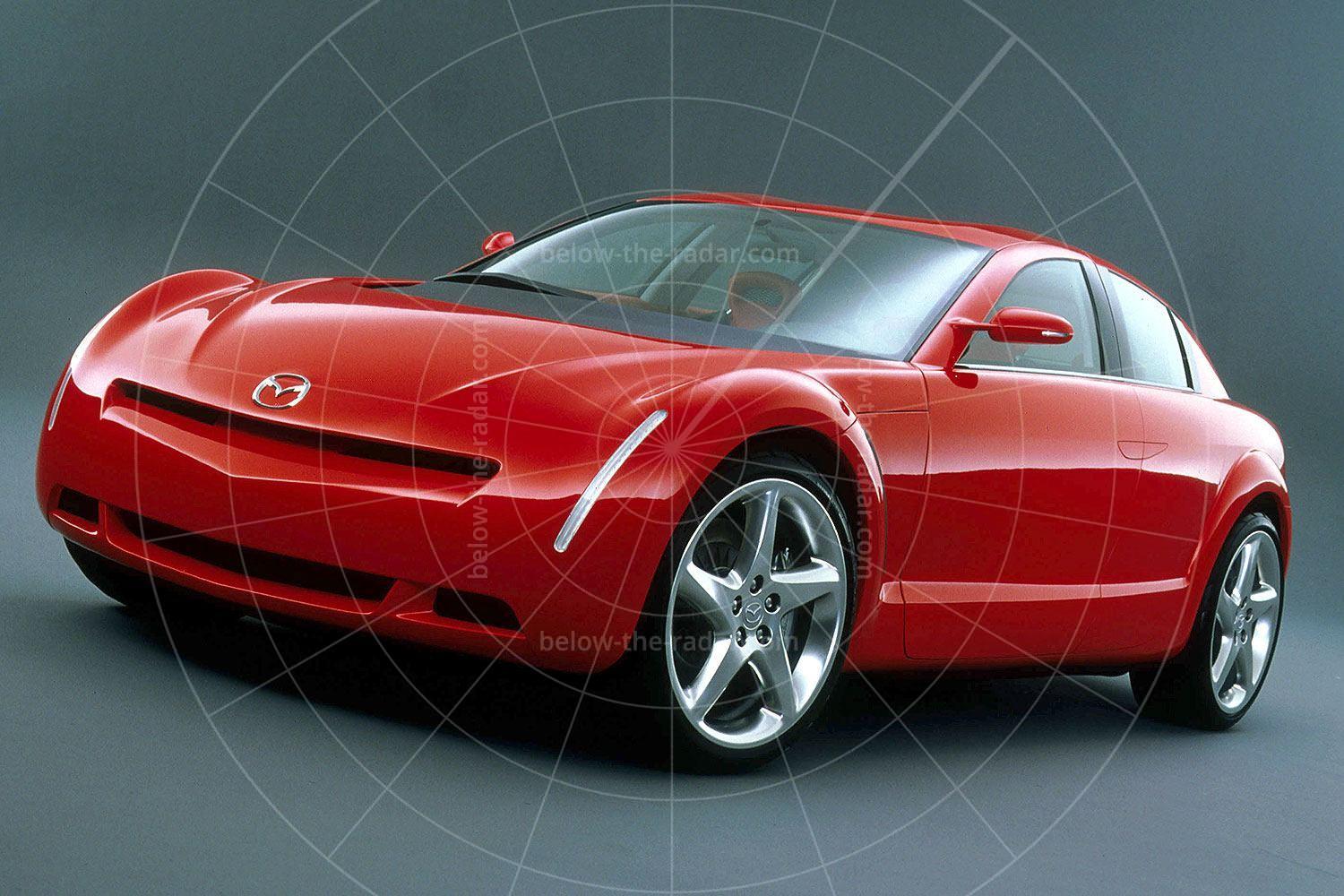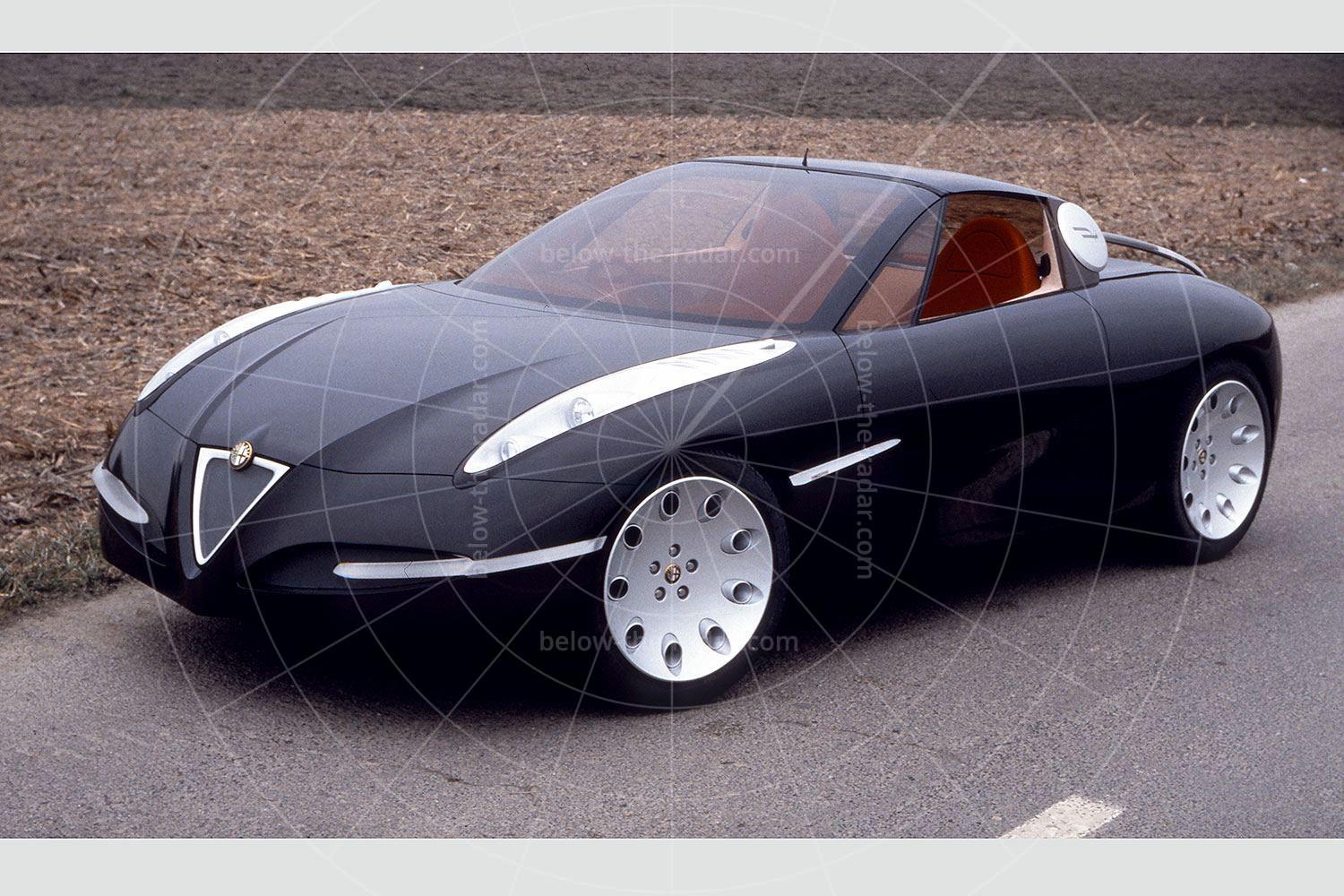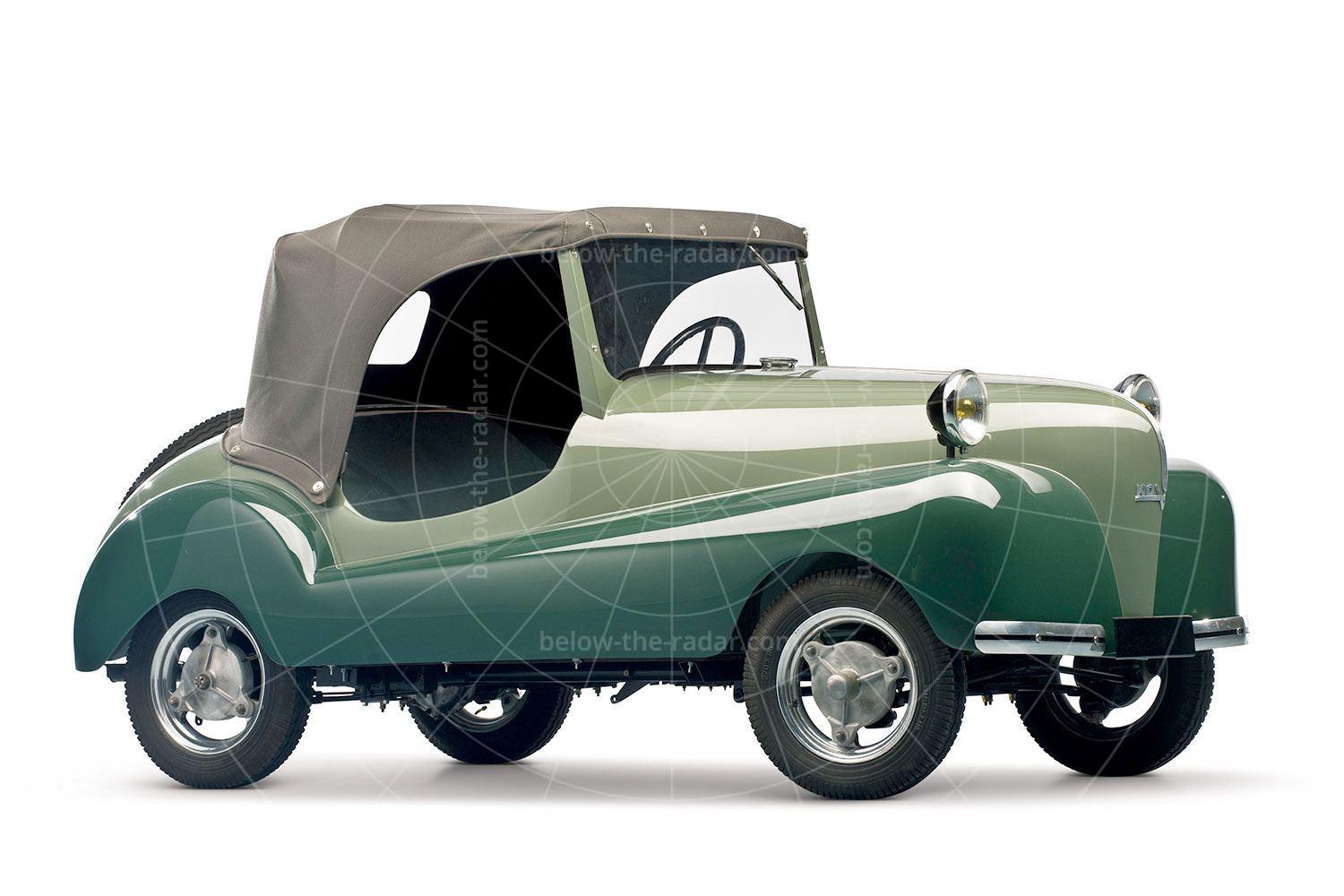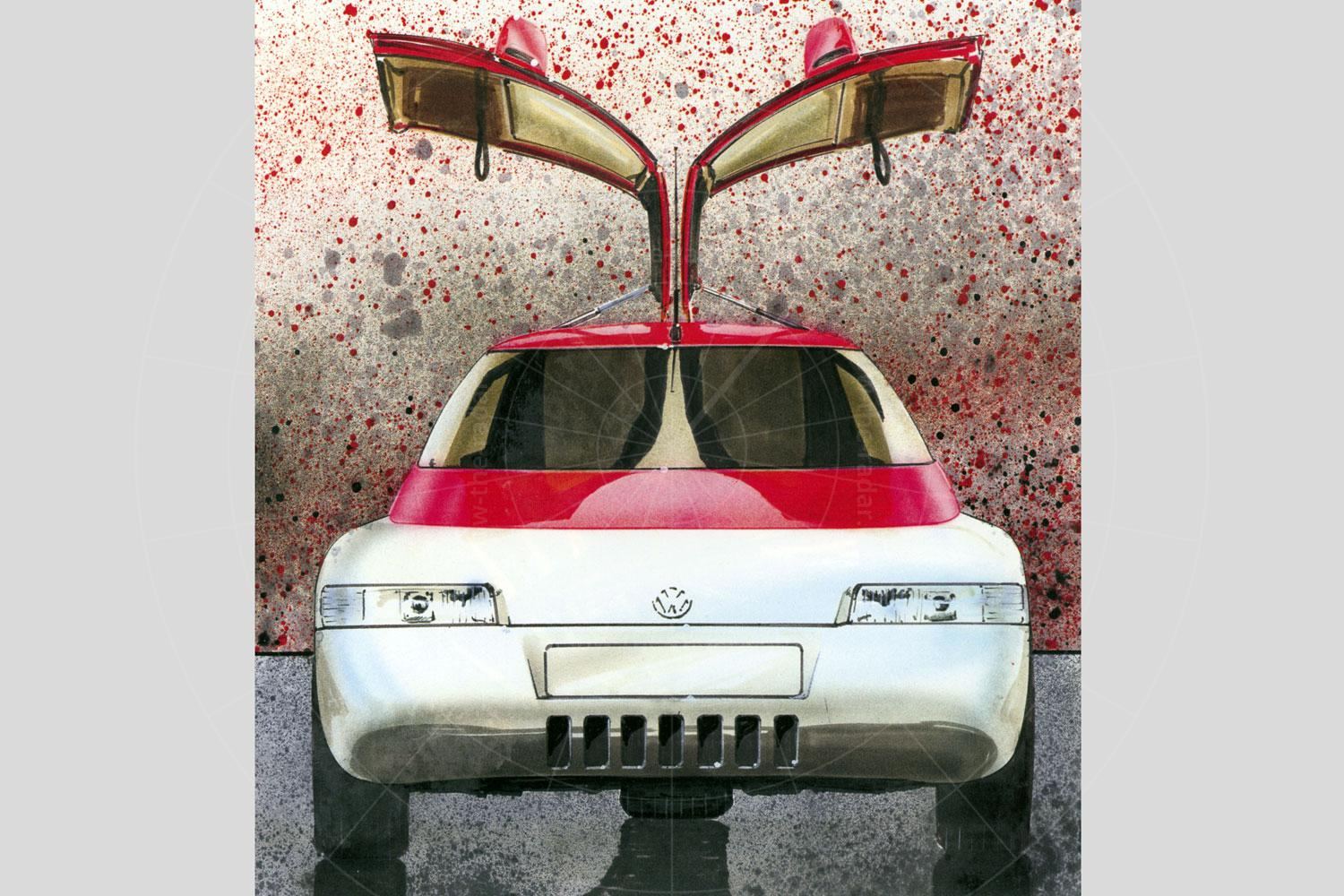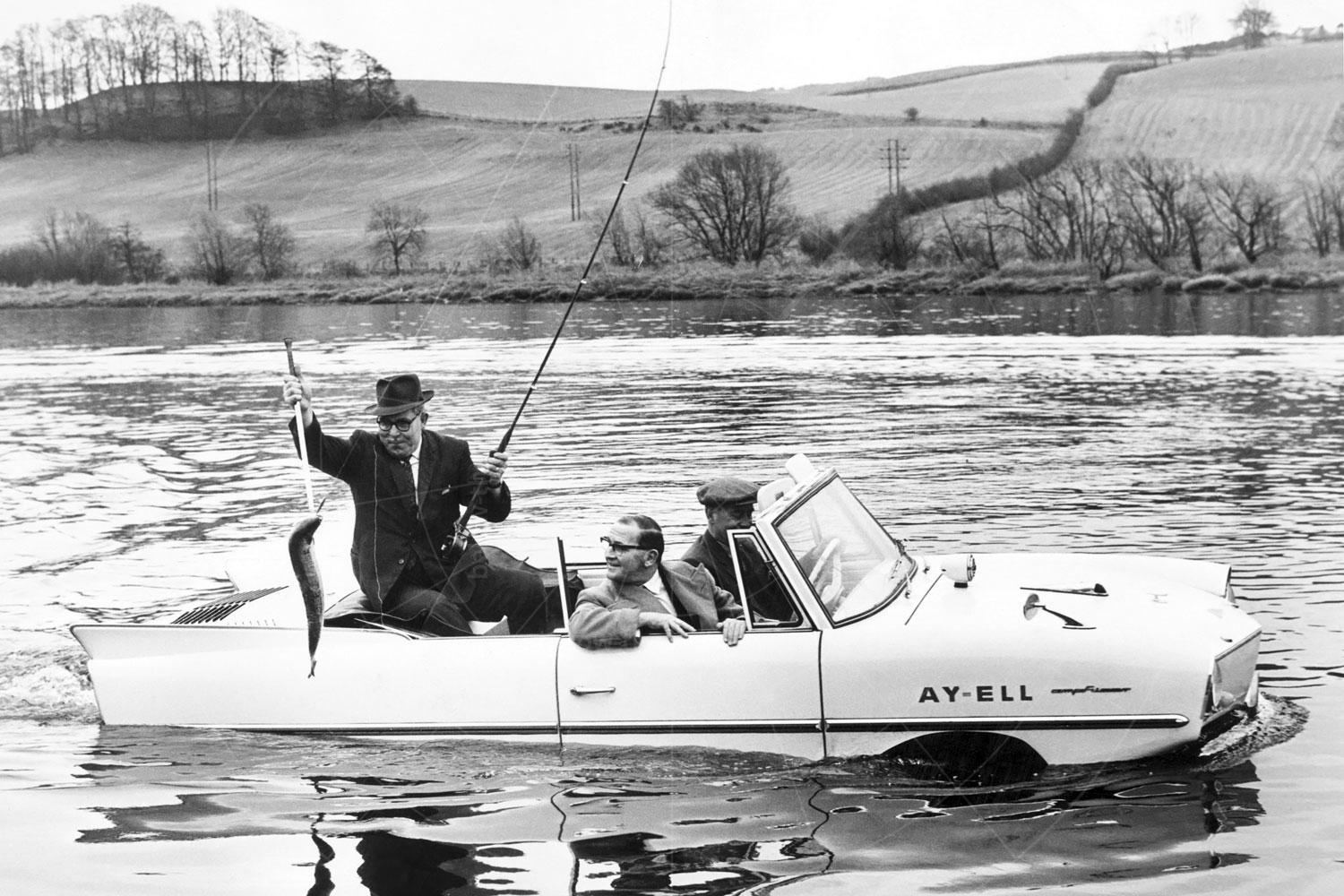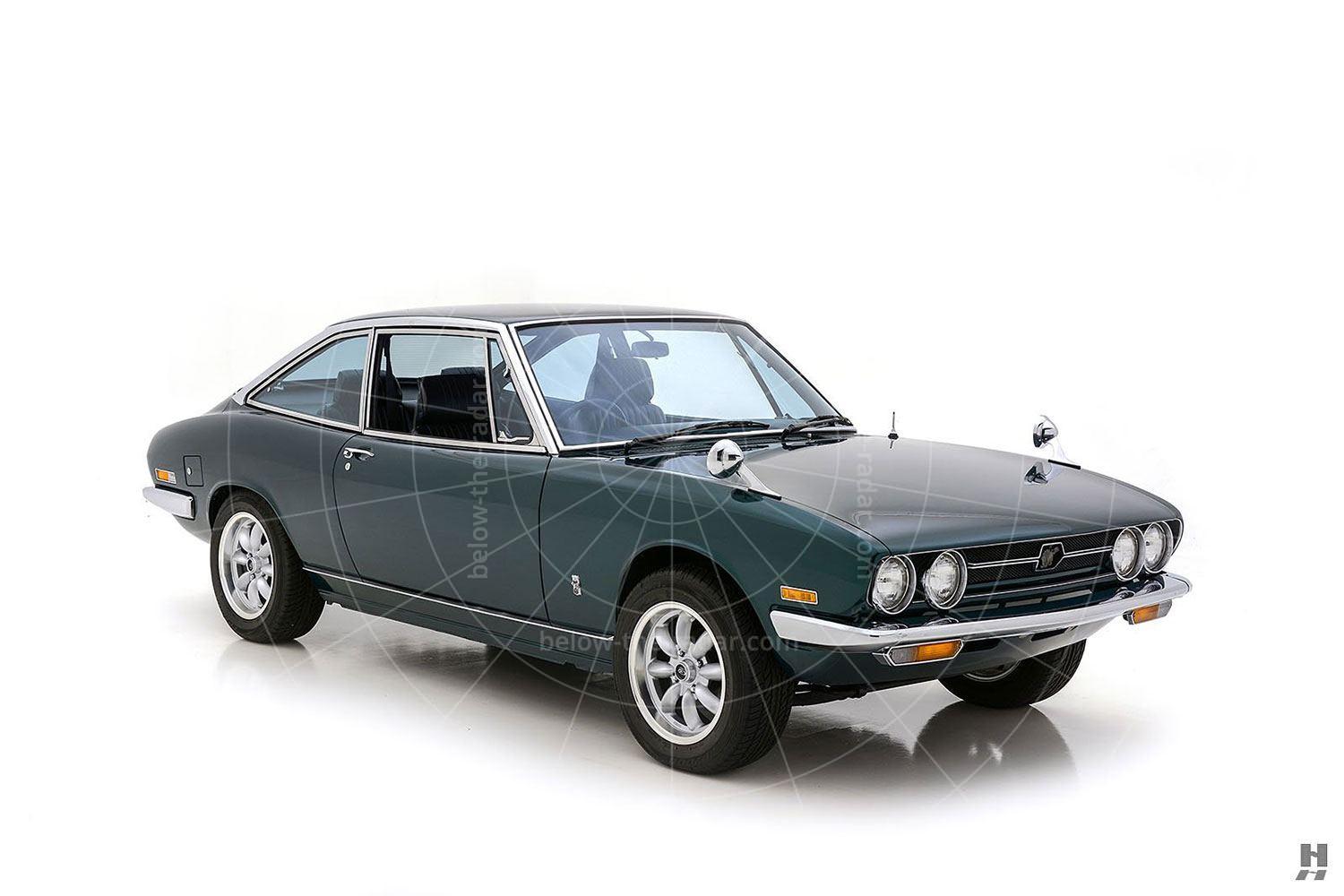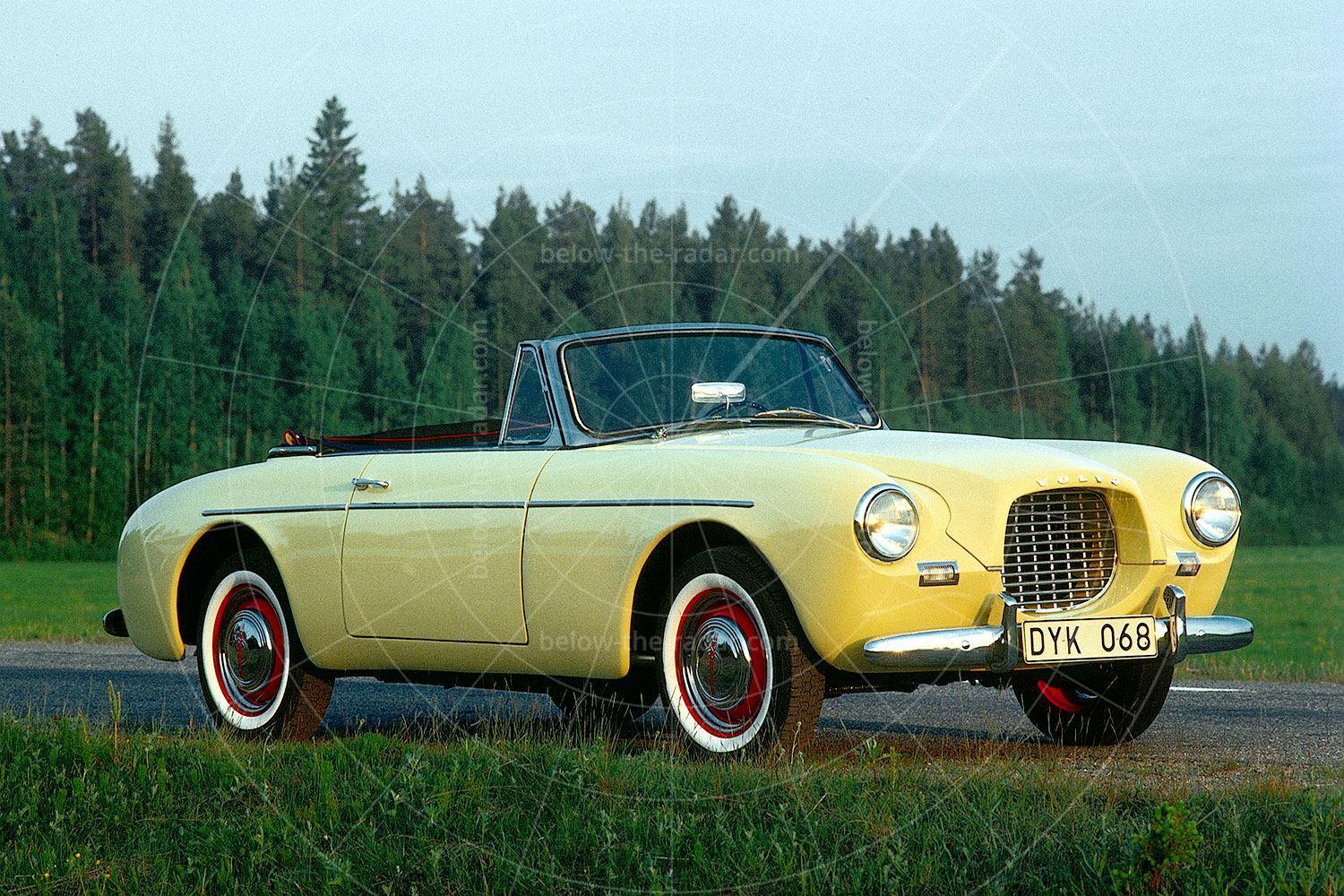A shapely rear can make all the difference; just ask Jennifer Lopez. Or Matt Humphries, who took the Aero 8 and turned it into something truly special – the AeroMax. A car whose rear would arguably turn out to be the making of a more modern Morgan, thanks to Humphries’ youth (which the media found fascinating) and the unutterably curvaceous rump of his creation.
One of the most enigmatic cars ever built, somehow futuristic as well as retro, Humphries styled the AeroMax while on placement with Morgan, as he was still studying design at Coventry University at the time. It wasn’t Humphries’ idea to create the AeroMax as such though; wealthy Morgan enthusiast and GT3 backer Prince Eric Sturdza was the catalyst. This wealthy Swiss banker and serial classic car collector commissioned a one-off coupé based on the Aero 8. That was in autumn 2004; by February 2005 the prototype was ready for its Geneva motor show debut. Initially pitched at £70,000 apiece, Morgan said that if 50 firm orders could be secured, the car would go into production, but it would take at least a year to get it ready.
In the event it wouldn’t be until 2008 that the road-ready AeroMax was revealed – by that time production was capped at 100 units, each of which was sold before the first was even constructed. Those cars were made between March 2008 and the end of 2009, with the example pictured – Charles Morgan’s personal example – the penultimate car to be made. As such it wasn’t registered until early in 2010.
Matt Humphries recalls: "In 2004 I sent in a folio of my work to Charles Morgan and was delighted when I received a call to visit him at the factory in Malvern to discuss my work. I had no idea that he had a couple of projects in mind, nor that he was about to change my life by offering me the chance to try my hand at one of them – updating the Aero Coupe.
"There was no one at the Morgan factory at that time whose responsibility it was to design and style cars. So, over the course of that summer, on a work placement, I settled into a small office tucked up over the wood shop at Pickersleigh Road, getting to grips with some sketches and renderings to develop the latest supercar for this most traditional of car producers. With my ideas starting to take shape, I went back to university and produced a clay model of my creation which I duly presented to Charles Morgan. Inspired by the concept, Charles invited Eric Sturza to pass his comments on the model. It seems it was a hit, and Eric wanted one – costs were irrelevant!
"Thinking little more about the concept, I returned to my studies. Some time later, calling in at the factory, I was amazed to find that my clay model was rapidly being turned into reality. I was amazed! I also realised that the process of upscaling had been taken literally, and at this point the car was 2.5 metres long with 40-inch wheels! It needed some re-proportioning! Once this was done, hand-beaten aluminium panels were created to sit over the top of the frame. The prototype was born and was soon mounted aboard a trailer heading for the Geneva Motor Show.
"For some reason, the AeroMax was placed very inconspicuously in the middle of the Morgan show stand. It took a while for the press to notice it, but when they did, all hell broke loose. Not only was the car a complete phenomenon, but it seems I was something of a curiosity too. At just 21, but looking like I was 14, I seemed to add to the kudos and mystery of this amazing new vehicle. One member of the press asked me if I had borrowed my Dad’s suit! True to his word, Eric Sturdza bought the first AeroMax and we realised that it was time to get serious about this car.
"In September 2005 I headed up a team whose brief was to develop the AeroMax to production. It was a steep learning curve for a rookie like me, and I admit to learning the hard way in some cases – the rear tail light being one of the issues I faced. With a central spine down the rear of the car there was nowhere to put a third brake light; it cost a fortune to get round that little design conundrum. Nevertheless we ploughed on tweaking and developing. We completely remodelled the car, re-engineering the convertible Aero into the all-new AeroMax.
"By the time we were ready for production in 2008, the car looked amazing. It represented a whole new chapter for the company opening the Morgan brand up to a younger, more affluent motoring enthusiast. The AeroMax’s predecessor retailed for £65,000. The AeroMax leapt up into new price realms breaking through the £100,000 ceiling for the first time for Morgan. And with a limited production of only 100 cars each one was already sold before we even began production".
Charles wouldn't thank me for the comparison, but there’s a touch of the Triumph GT6 about the AeroMax. I’ve long admired the proportions of this sixties coupé, with its long bonnet and graceful roofline. During our day with the AeroMax, more than one person compared its lines with those of the E-Type, but that car is rather longer, which alters the proportions altogether; the Morgan looks more compact, more agile, but every bit as potent.
What neither the Jag nor the Triumph can offer is that fabulous art deco rump, which is nothing less than a masterpiece. Those gorgeous curvy rear wings look amazing from any angle, and the choice of Lancia Thesis rear lights was truly inspired. Seemingly drawing inspiration from the Bugatti Type 57 Atlantic and 1963 Corvette Sting Ray, with that split rear window, you’re not going to mistake this car for any other. But there’s an element of form over function, as the surprisingly wide central spine that runs down the back of the AeroMax restricts access to the luggage bay behind the two seats, things not helped by the large hinges that sprout either side of the spine, or the fact that you sit rather low. Press the button on the remote central locking fob and the triangular rear windows pop up, giving the AeroMax the appearance of an insect about to fly away.
The broad spine hampers rear visibility too. It’s only if the vehicle behind is tailgating that you’ll know it’s there; if it holds back, the spine hides everything. But the chances are that any following vehicle will be stuck to your bumper, eager to get a closer look. Any Morgan is an attention grabber, but it’s amazing how many people don’t just look at this car; they follow its progress until it’s out of sight. It’s understandable really, as they’re unlikely ever to see another.
Despite the seat base being set low, six-footers will find their head brushing the leather headlining thanks to the heavily arched roof; anyone also well-built will find the restricted cabin width makes things a tad cosy too. But the seats are brilliantly supportive and thanks to reach and rake adjustment for the steering wheel, it’s easy enough to get comfy if you’re reasonably compact.
The view from the driving seat is superb, Morgan sticking with tradition in the most part. Good old-fashioned analogue dials proliferate, and there are lashings of chrome and brushed alloy details to drink in too. And unlike most noughties Morgans, this one has a conventional handbrake instead of a fly-off item.
But all of these things are mere details; what really matters are the looks and the noise, both of which make the AeroMax so alluring. And the performance too, of course. While the AeroMax sounds purposeful at tickover and ear-splittingly fruity when the redline is explored, on a light throttle when cruising it’s barely audible from inside the cabin. Which is a shame, because when covering ground there’s rarely much need to pile on the revs, the 4.8-litre BMW V8 offering so much torque and the AeroMax being so light, that on any twisty road you find yourself driving on the over-run much of the time.
With the howl from those side pipes being so addictive, the standard procedure is a blip of the throttle at every opportunity, which sees the car gathering speed so rapidly that you either end up lifting off altogether or having to brake as you gain on slower-moving traffic, or encounter some other hazard. If that sounds like a recipe for jerky progress it isn’t; the car can carry more speed through the corners than you’d think.
The engine feels as muscular as you’d expect; a whiff of throttle at any speed soon sees the AeroMax lurch forward with the sort of alacrity you’d expect of a greyhound on the scent of the hare. Happy to potter along at 30mph with the V8 ticking over at 1000rpm, increase the revs to 2000 and the car surges forward. Take it up to 4000rpm and the thrust is immense, the 370lb ft peak torque having come in at 3600 revs.
AeroMax buyers could choose between manual or automatic gearboxes, each with six ratios. The car pictured featured the ZF auto, which suits the car’s grand touring brief rather well, although die-hard enthusiasts will probably rail at the idea of a slushbox in a Morgan. It’s not the most technologically advanced transmission around, but with such a torquey powerplant up front you don’t have to be especially choosy as to which cog you’ve got engaged at any given time – at any speed and in any gear, there’s urge aplenty.
If you want an AeroMax of your own, you’ll have to search hard to find one. Of the 100 examples built, more were sold in the UK than any other country, but the US and Germany got quite a few too, while other examples were sold into countries as diverse as Belgium, Portugal, Switzerland and Denmark, in left-hand drive form.
| Vital statistics | |
|---|---|
| Engine | Front-mounted, 4799cc, V8 |
| Gearbox | 6-speed manual/auto, rear-wheel drive |
| Power | 362bhp at 6300rpm |
| Torque | 370lb ft at 3600rpm |
| Top speed | 170mph |
| 0-62mph | 4.2 seconds |
| Length | 4147mm |
| Width | 1751mm |
| Height | 1248mm |
| Dry weight | 1180kg |
| Price new | £99,950 |

